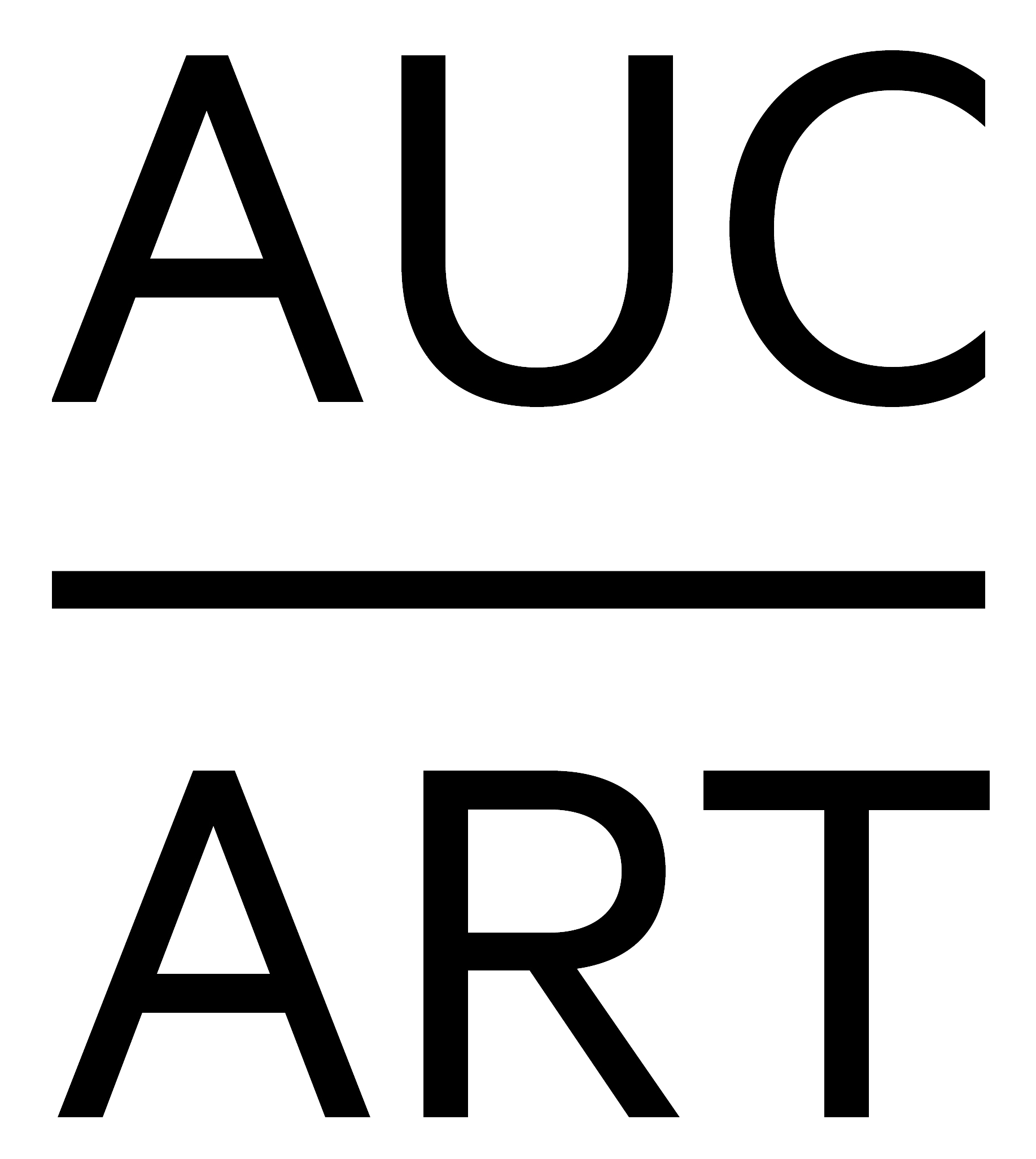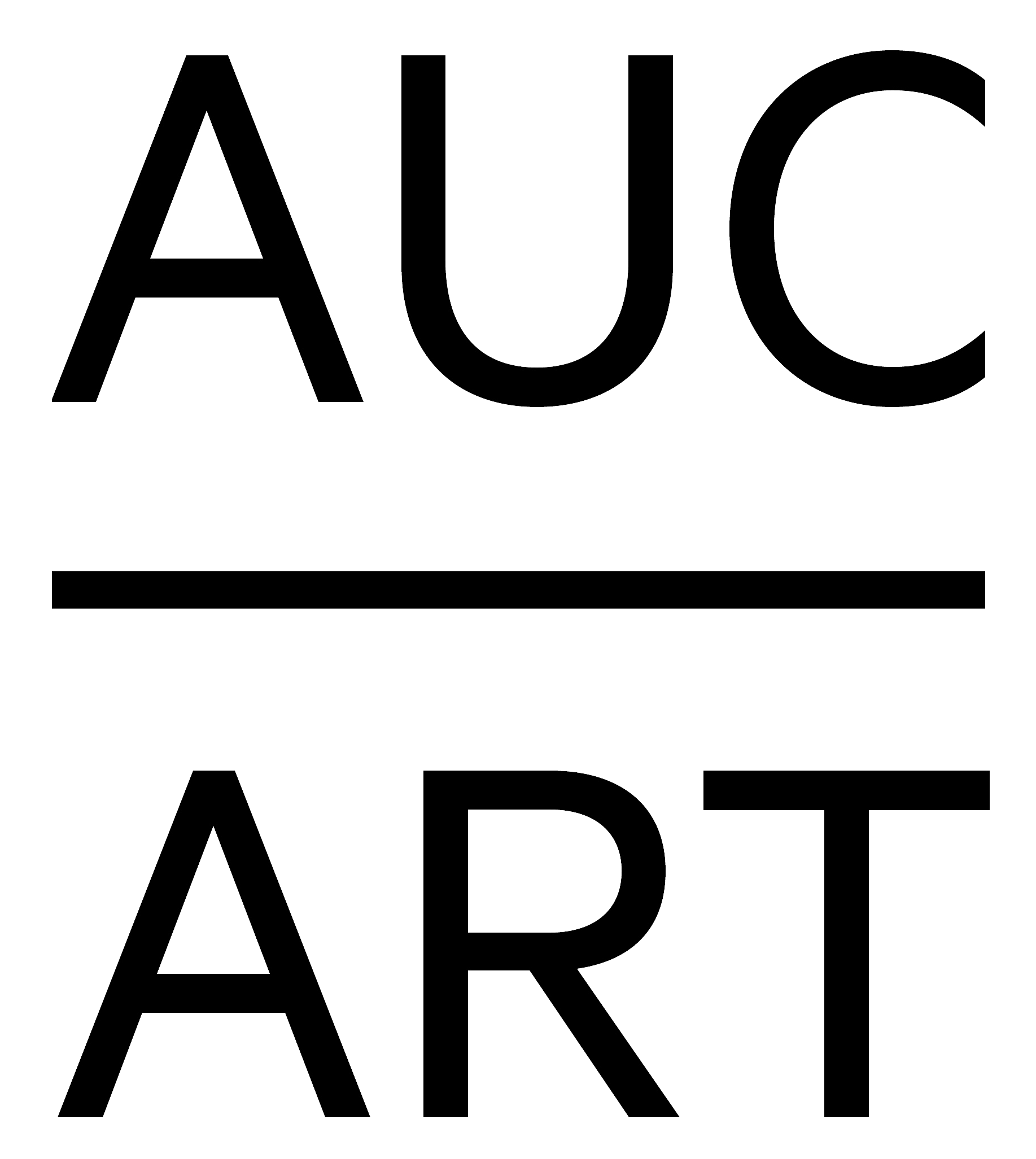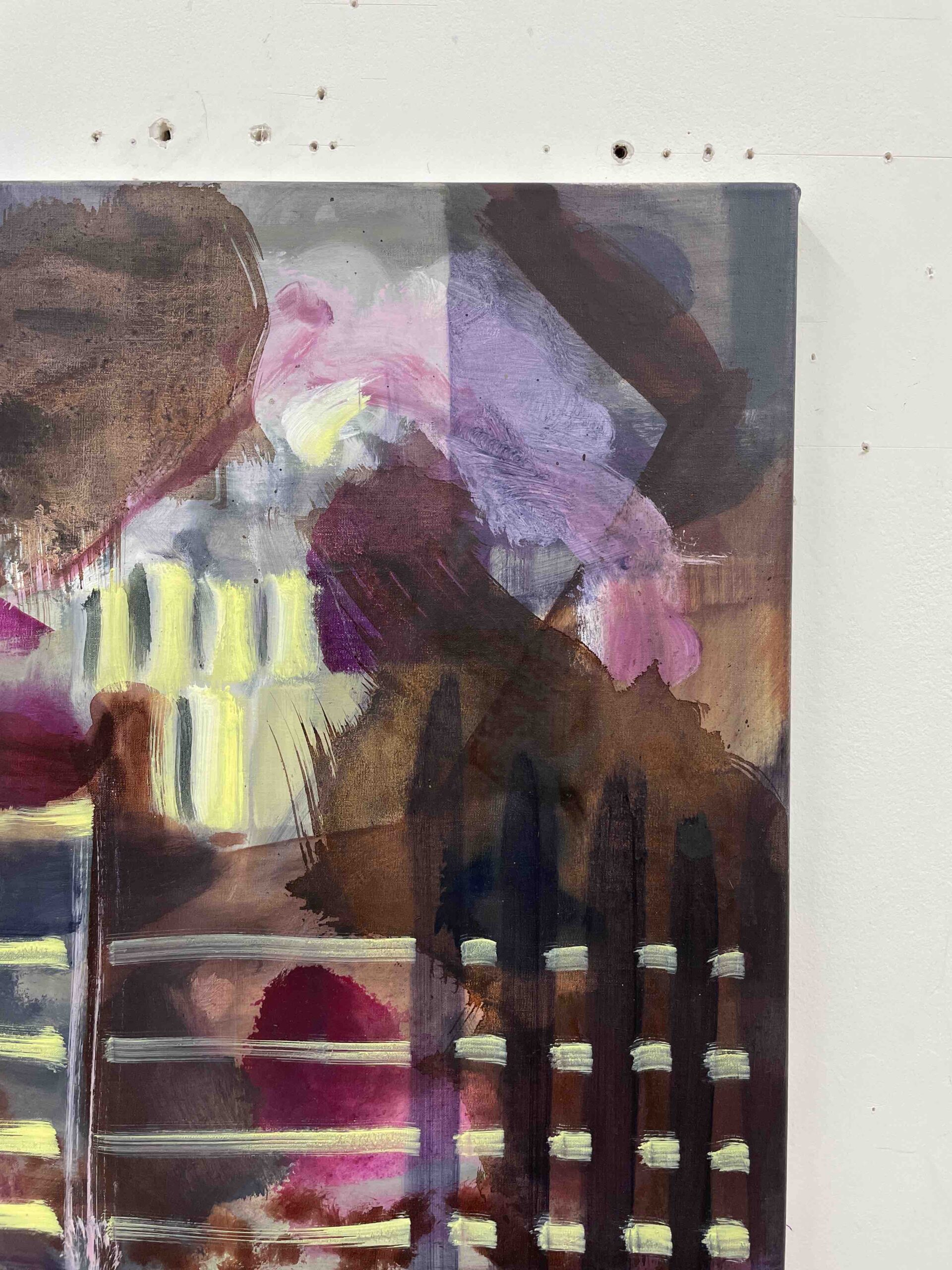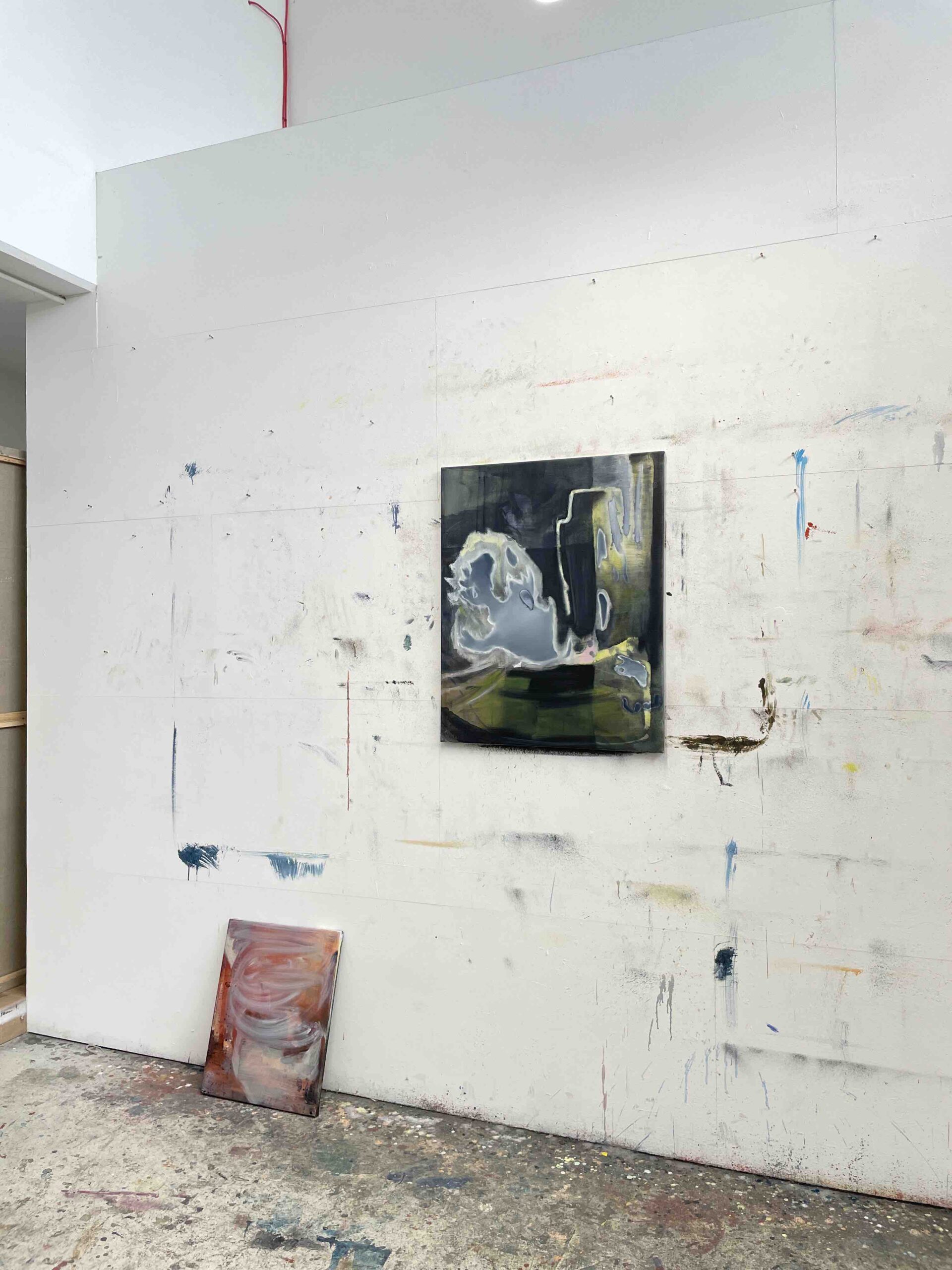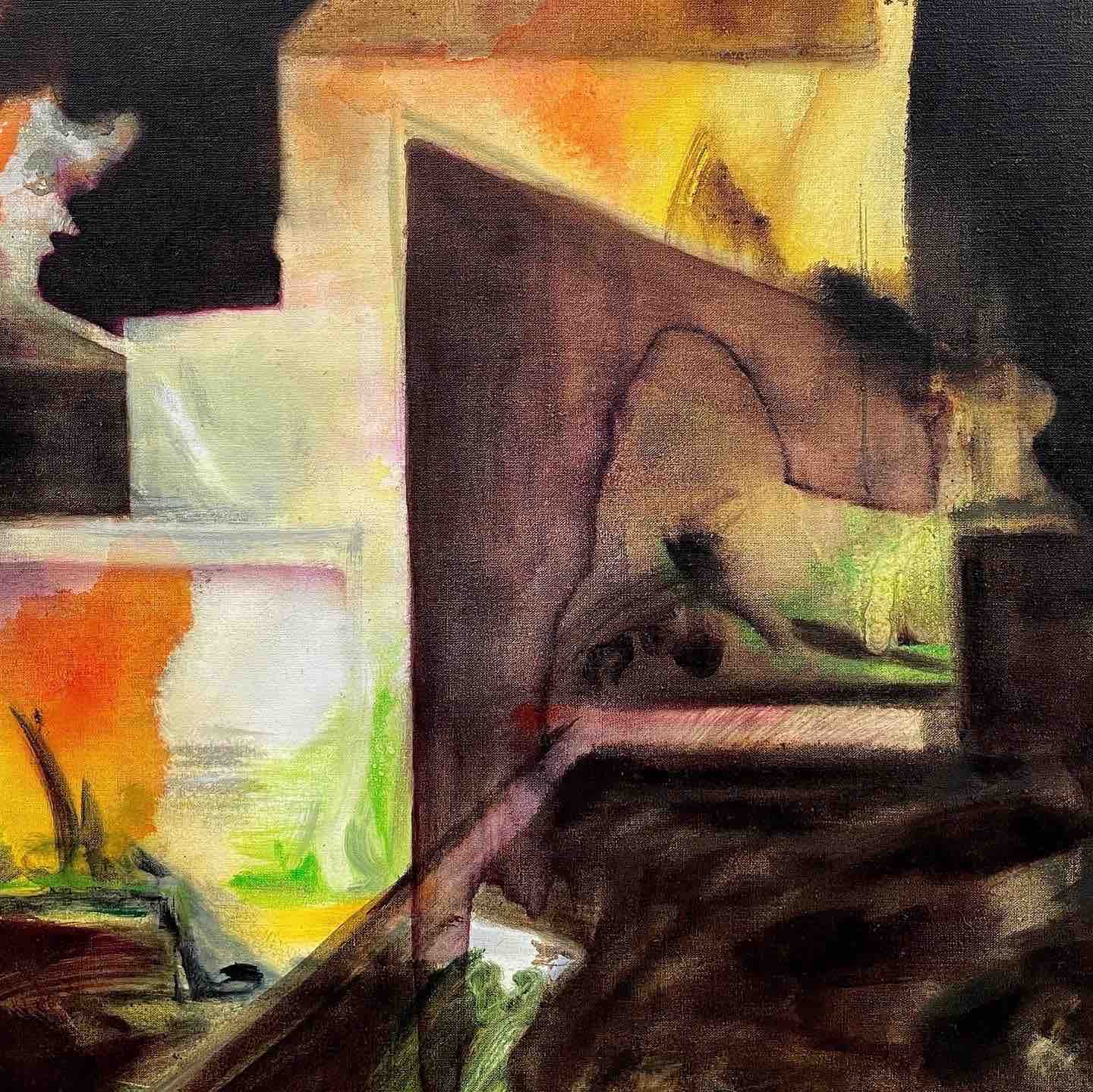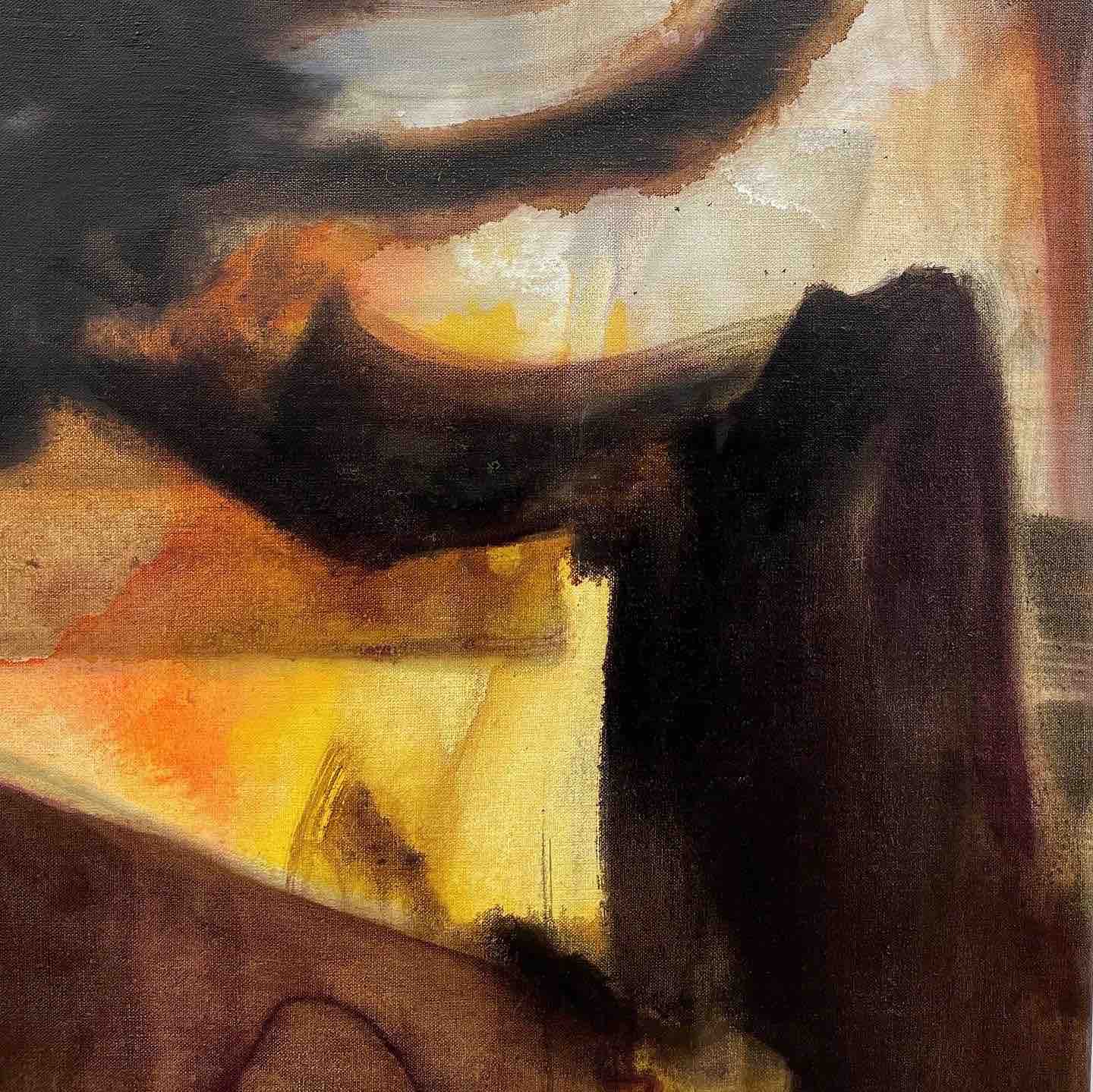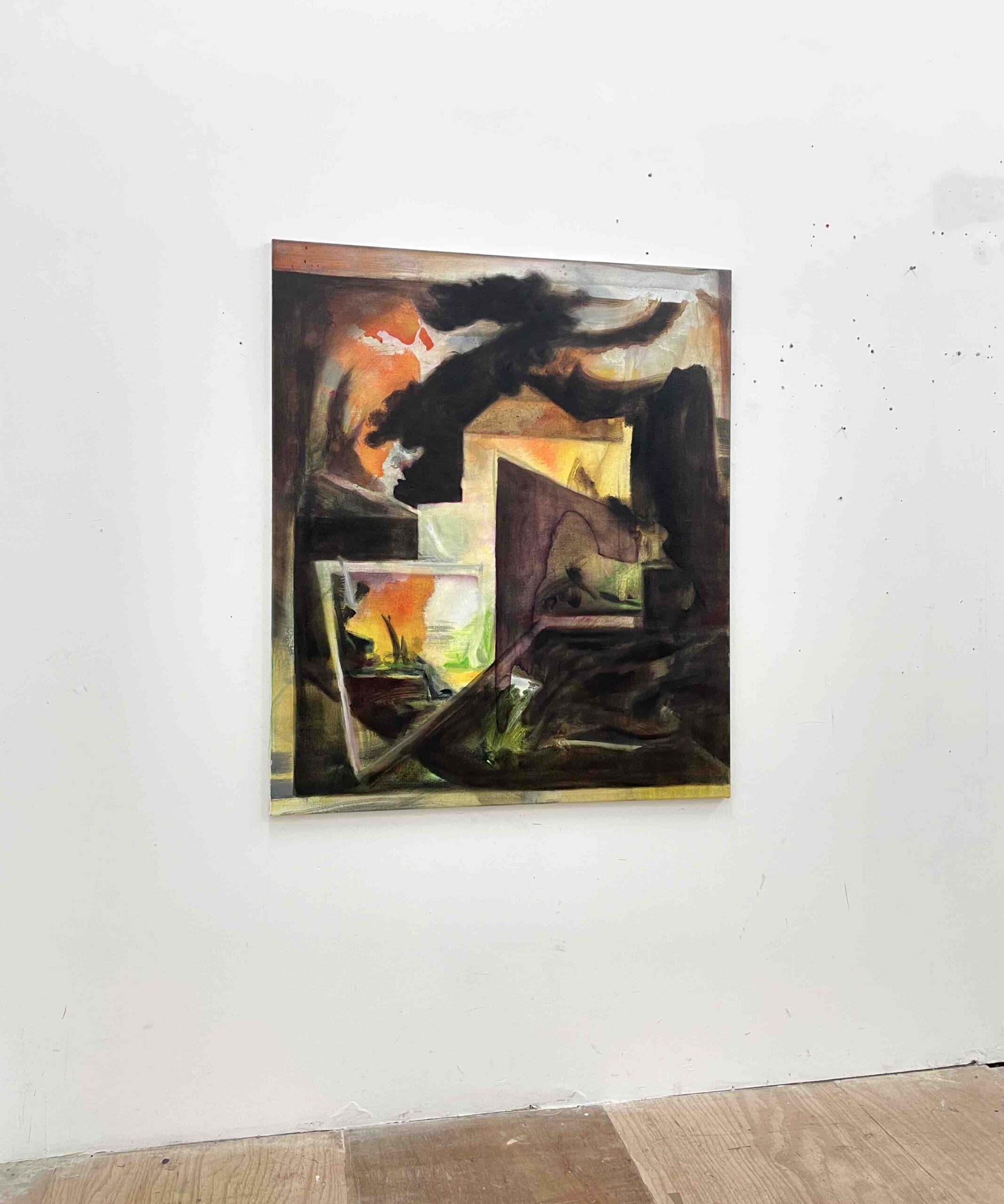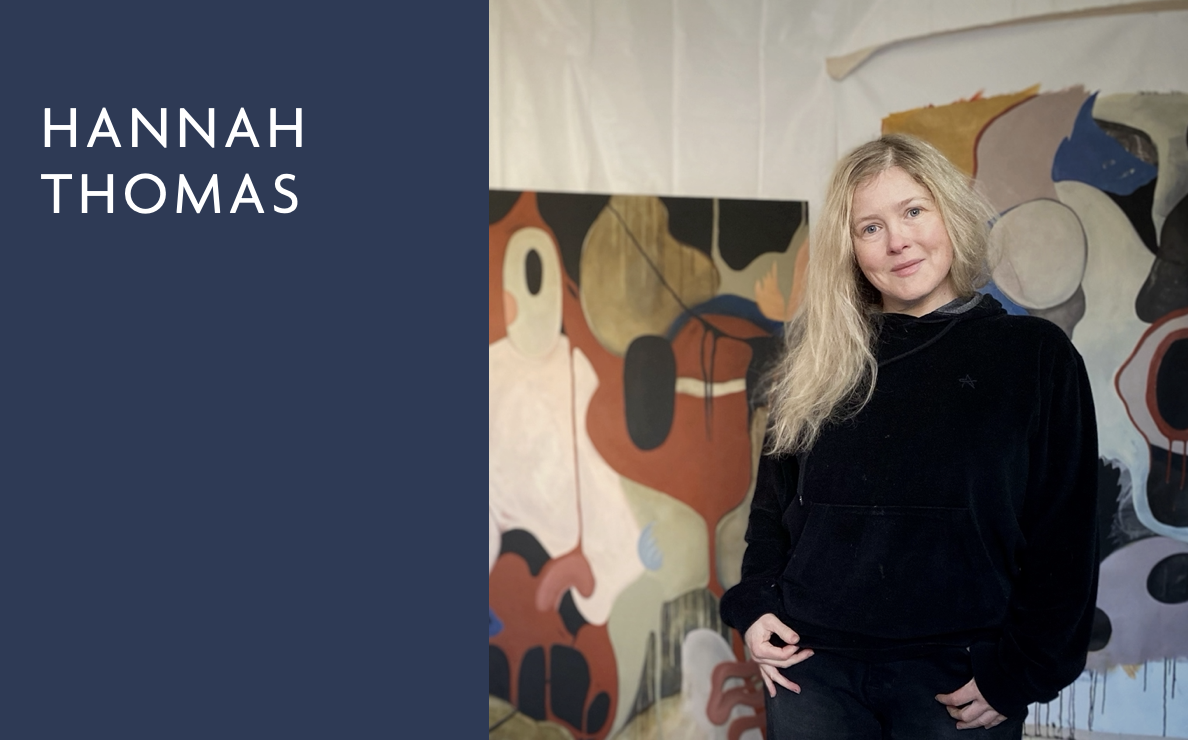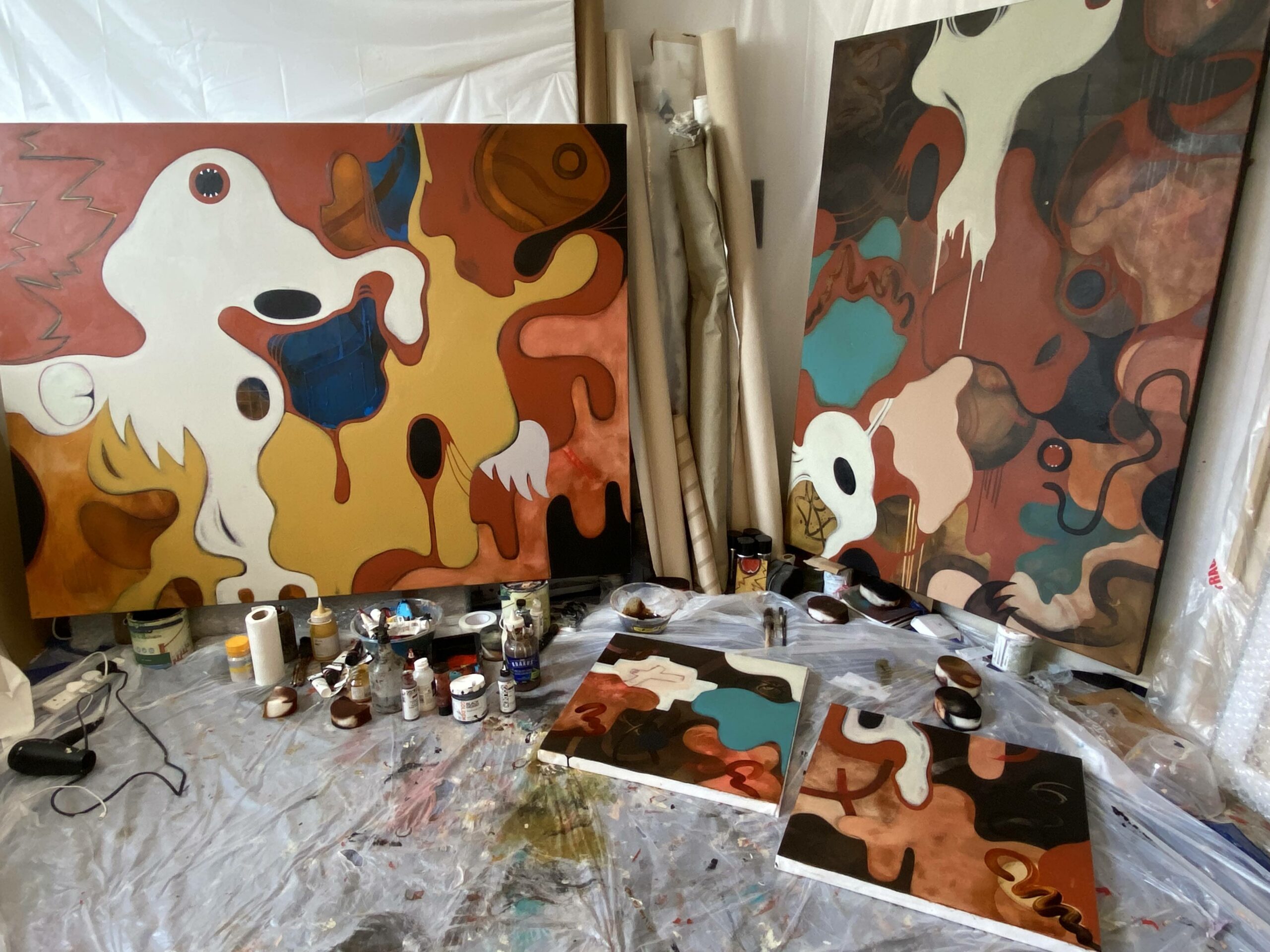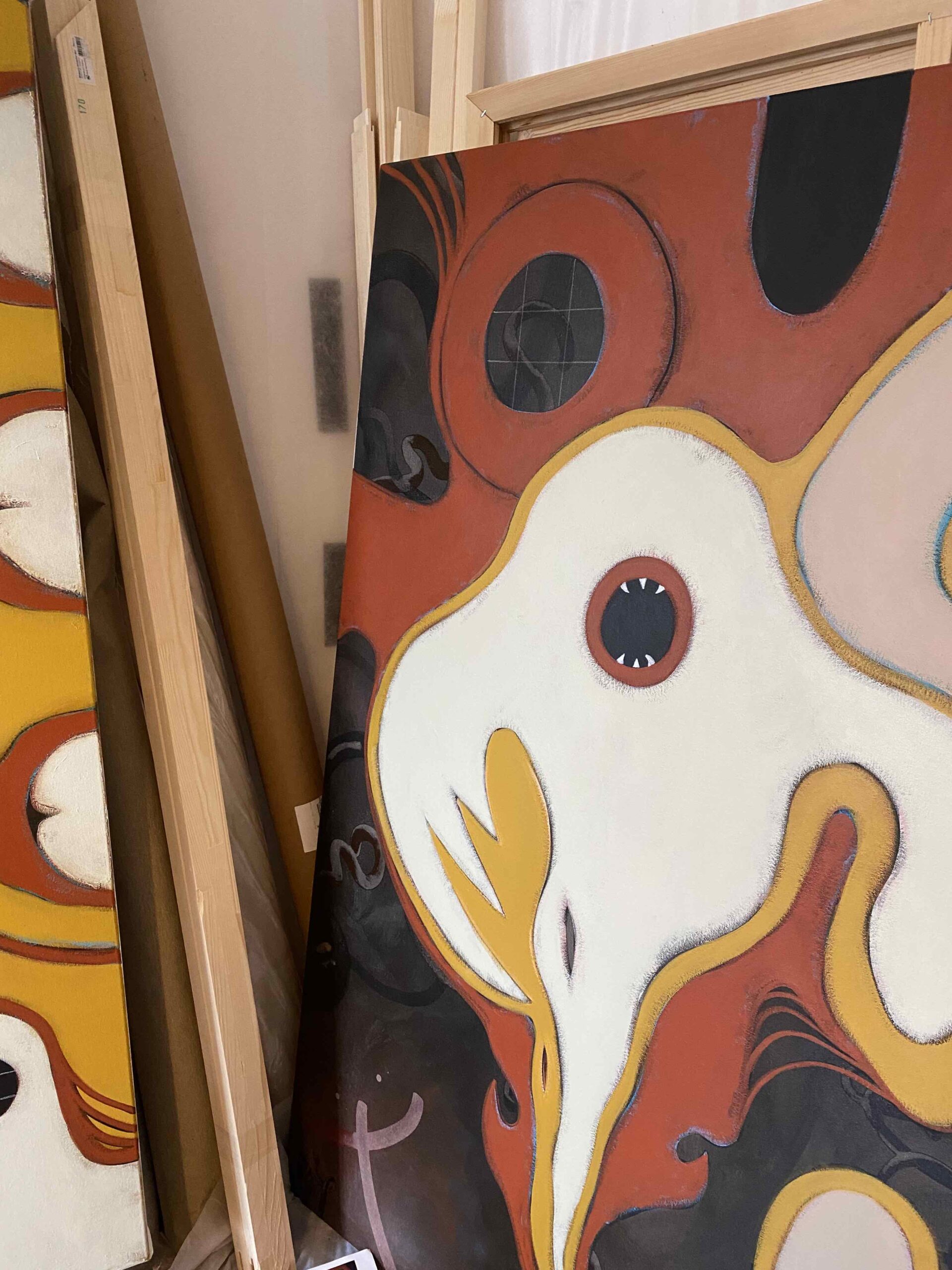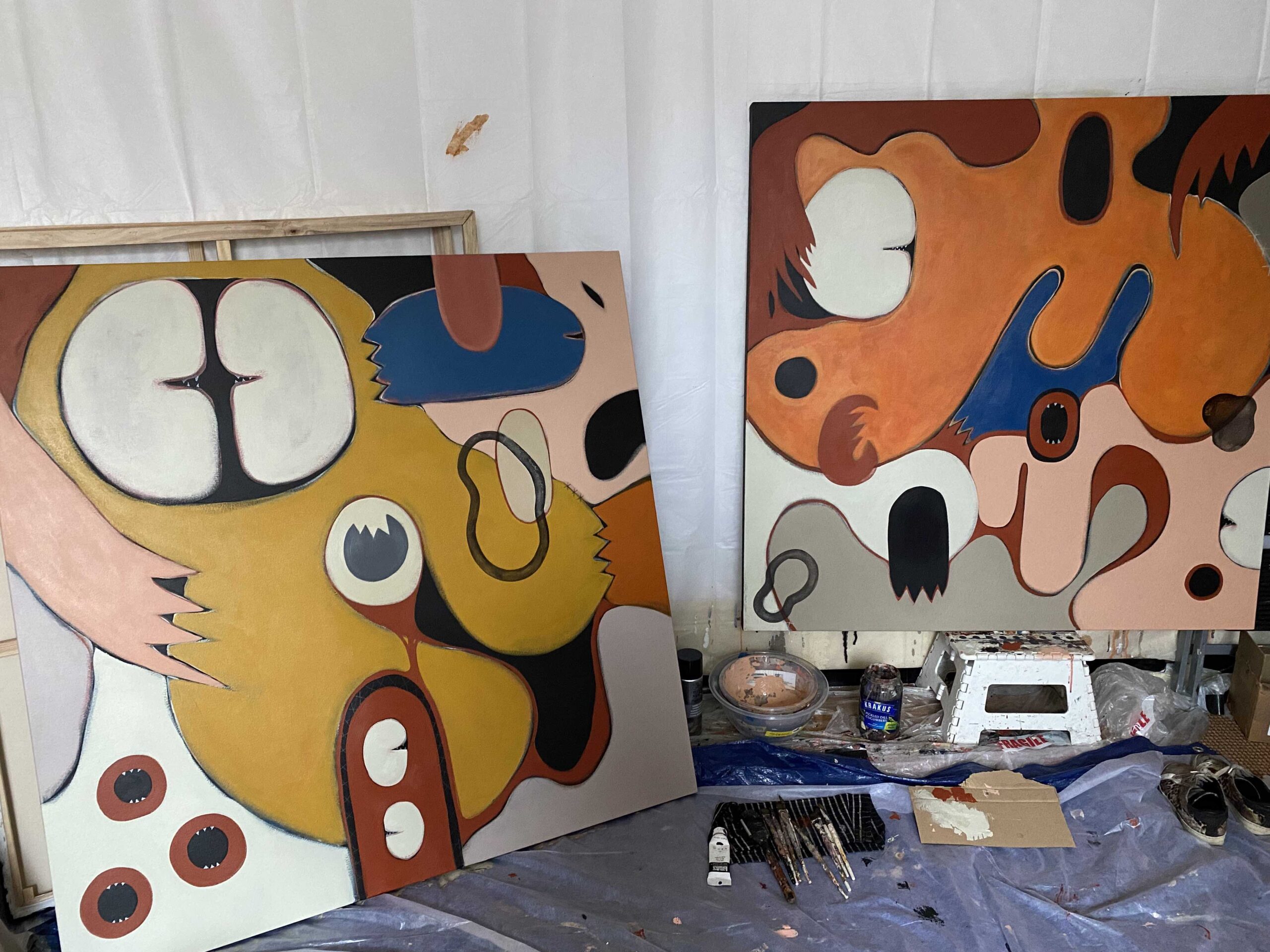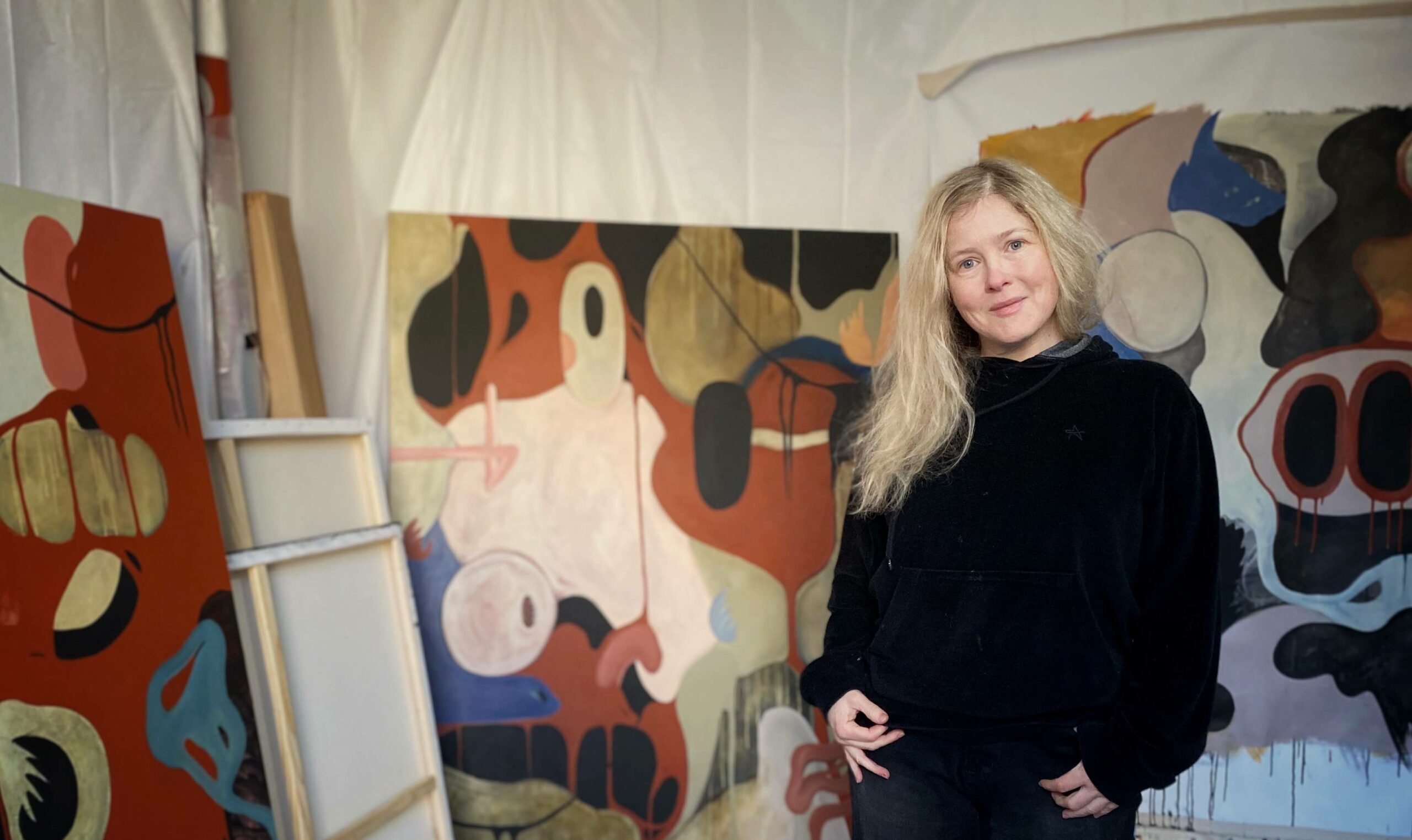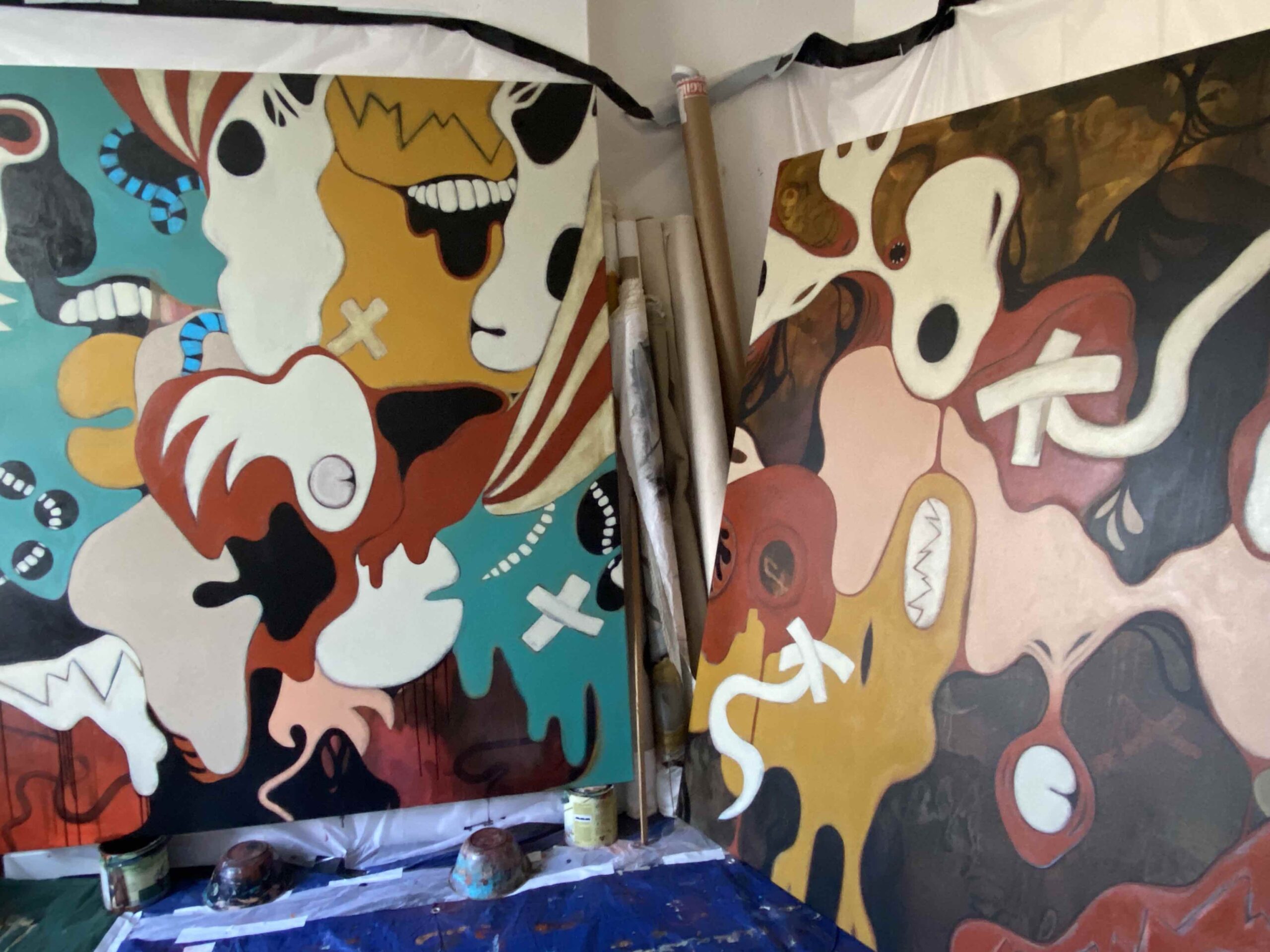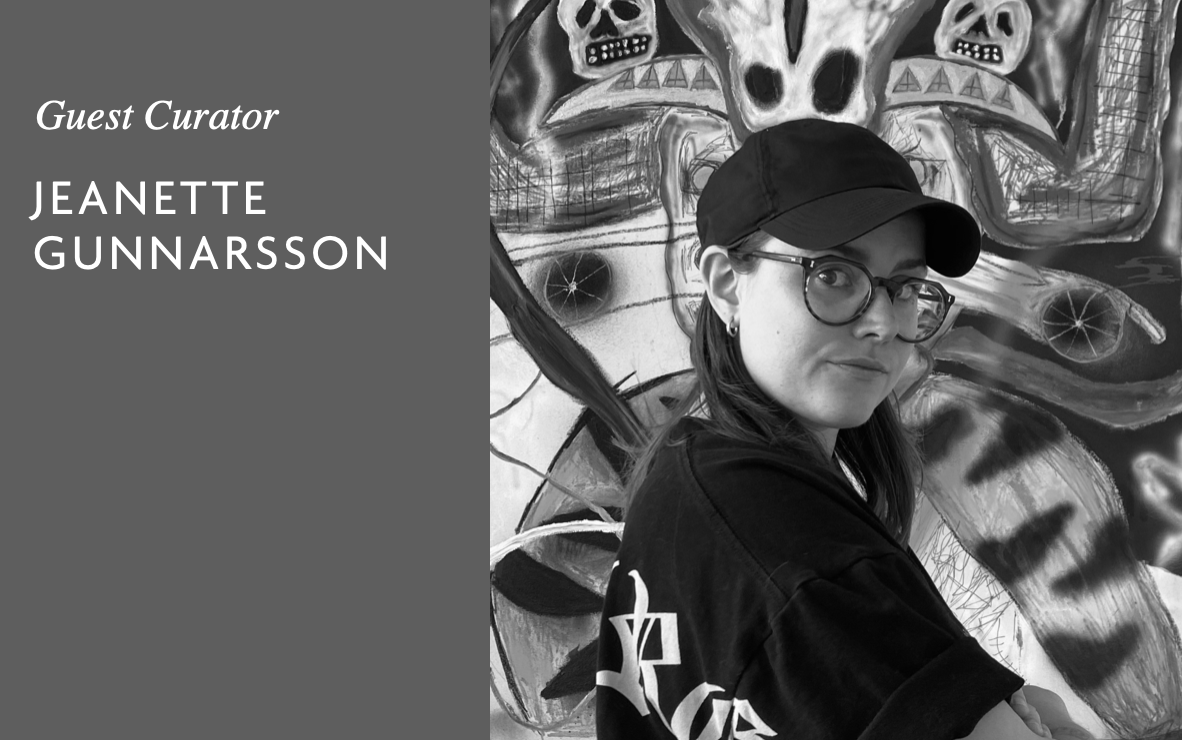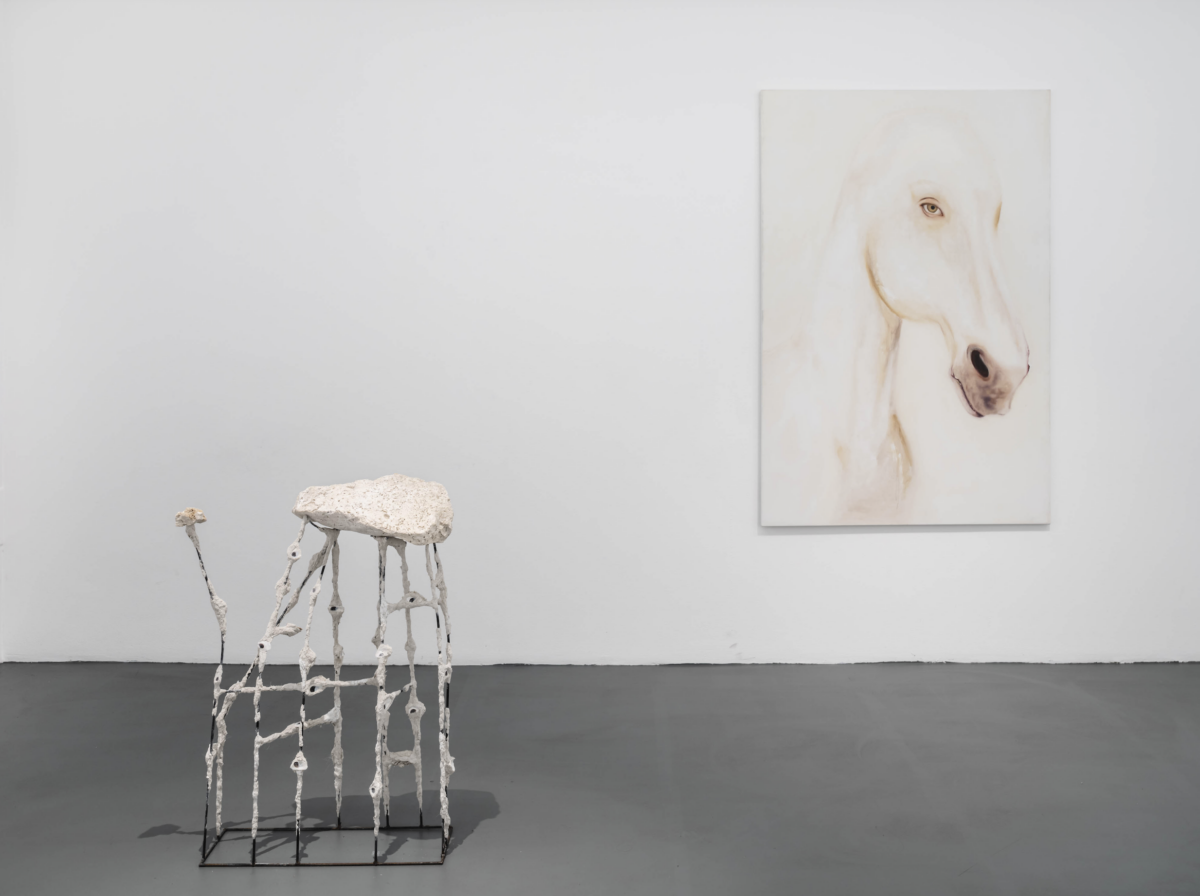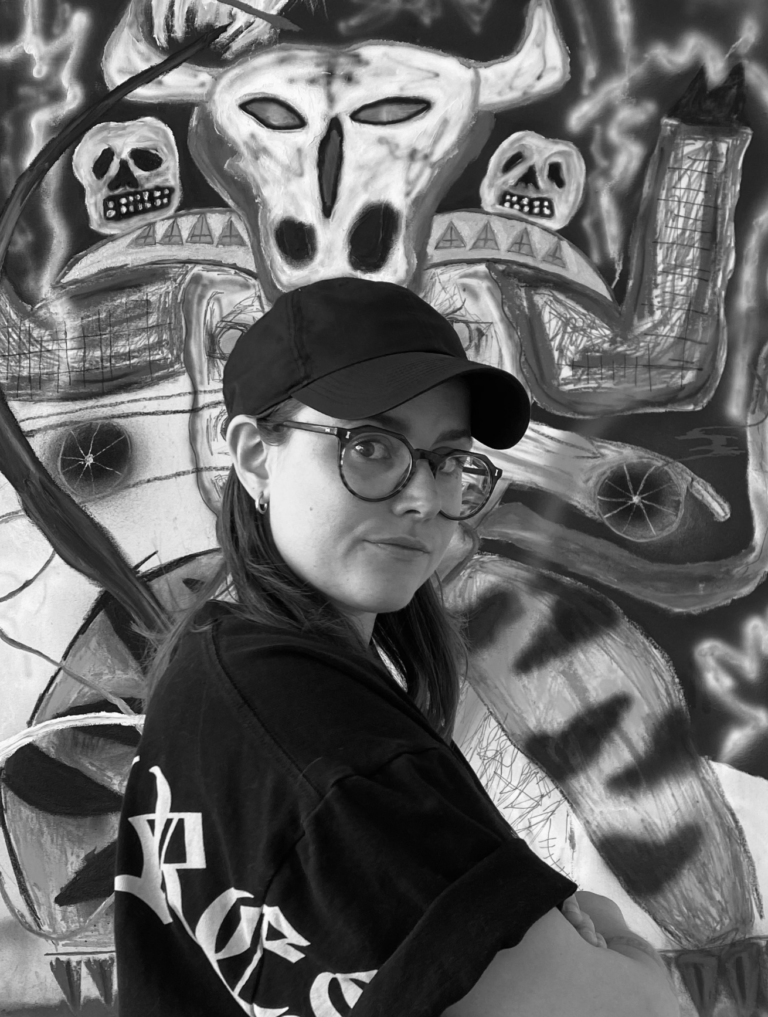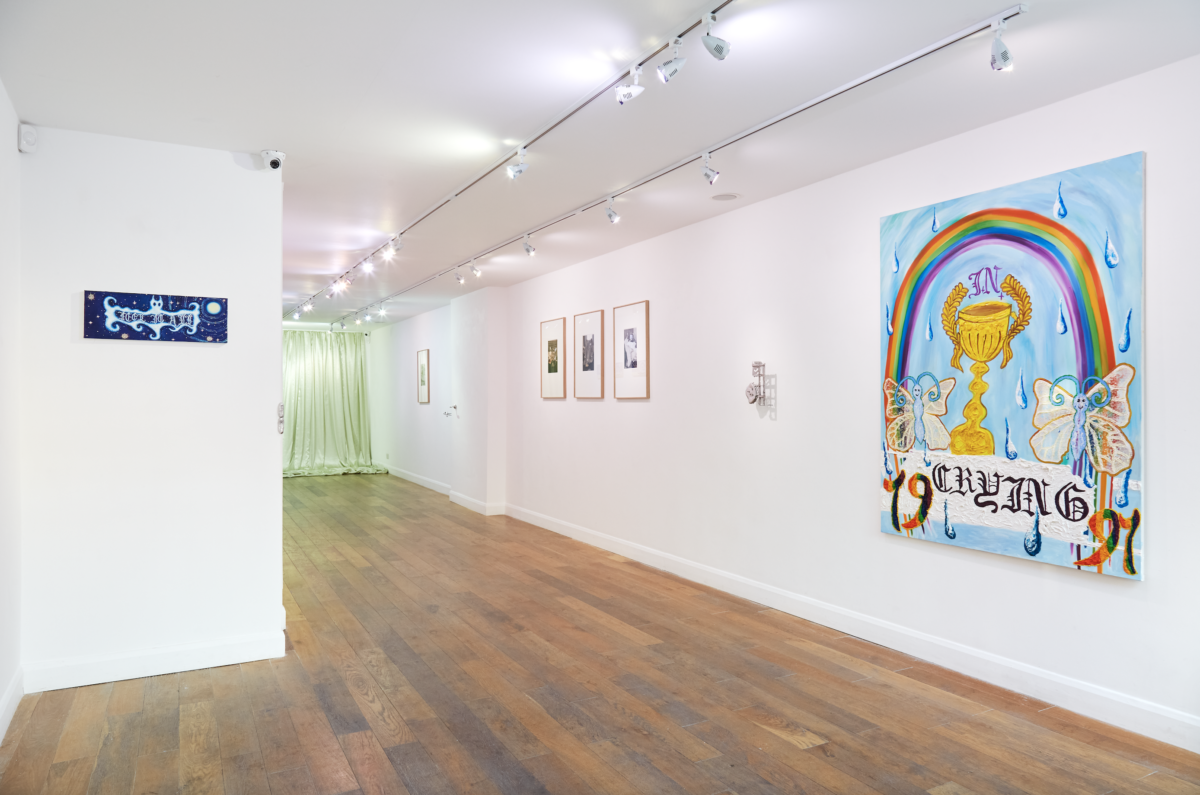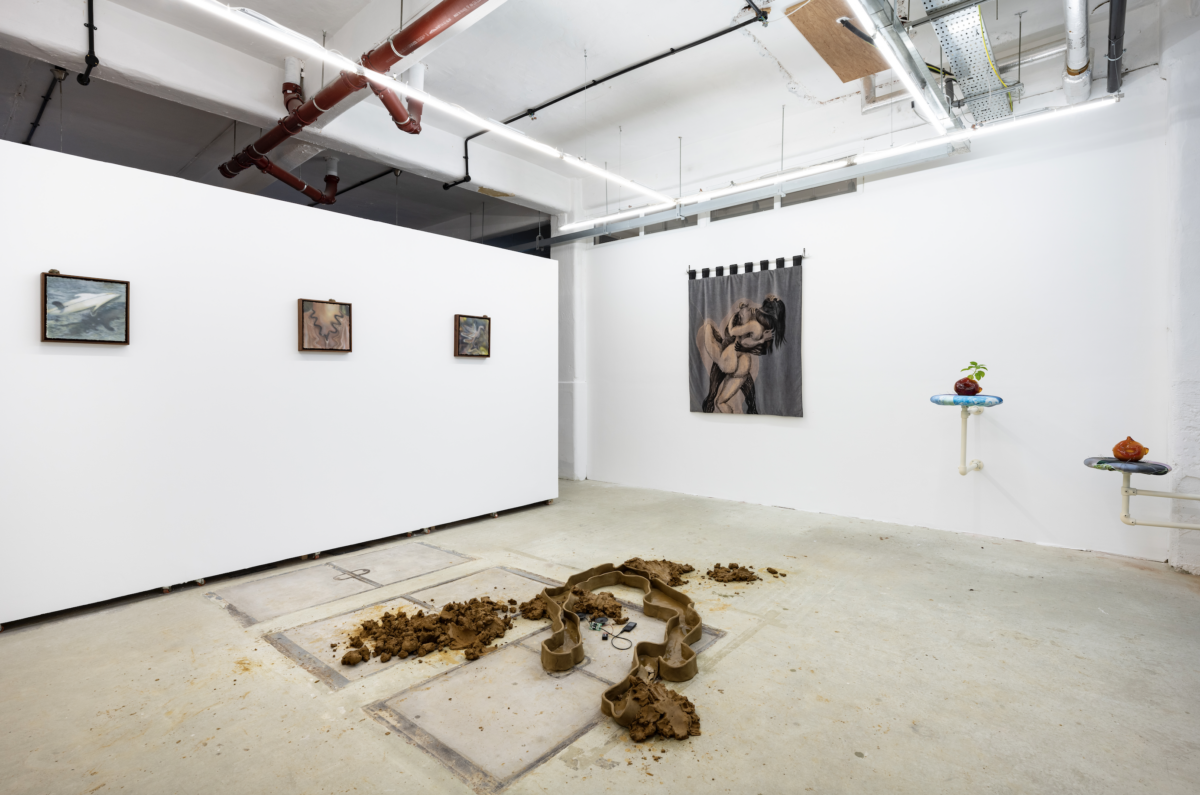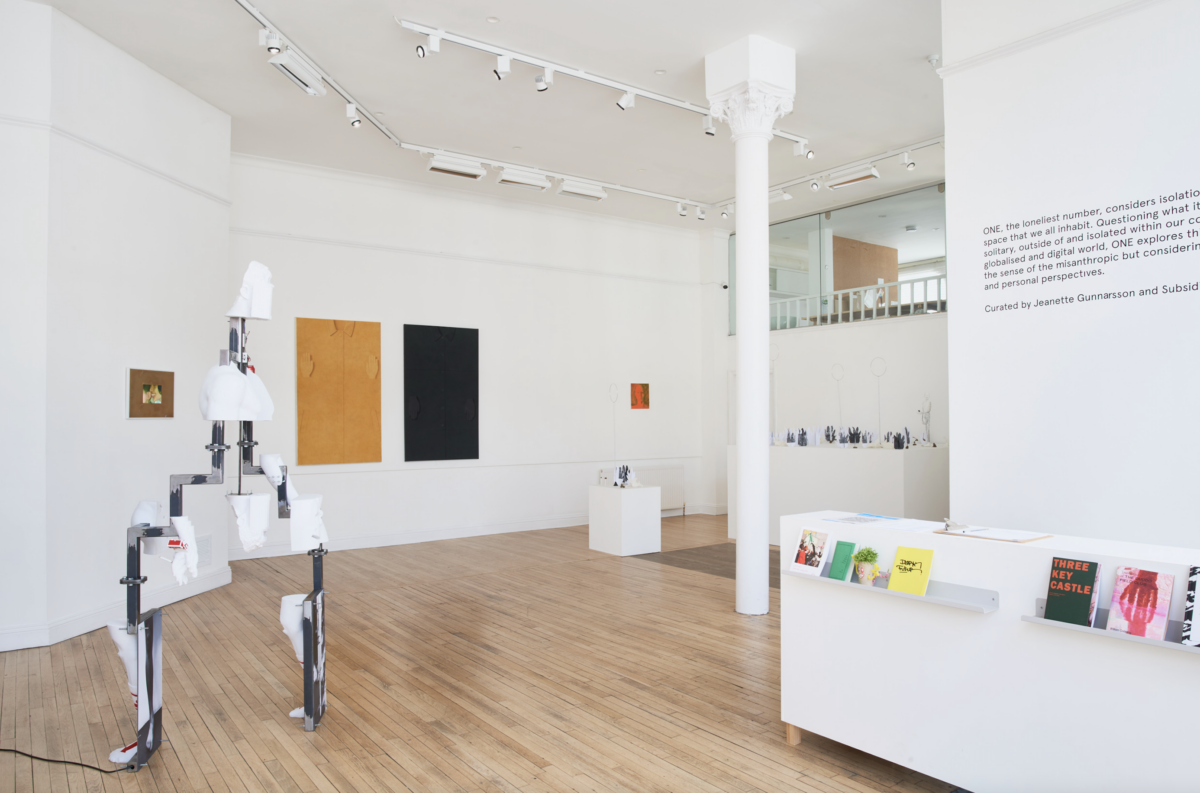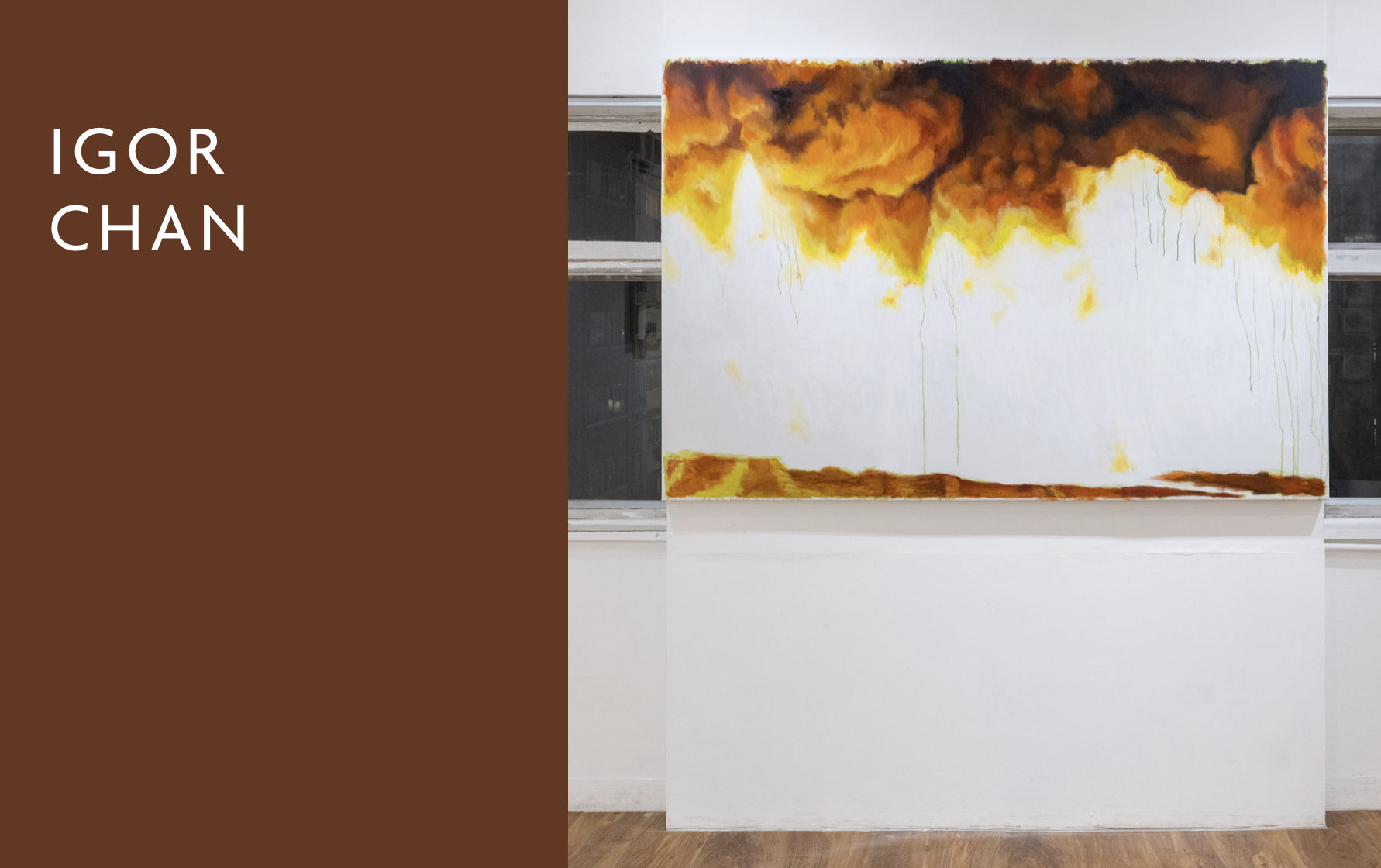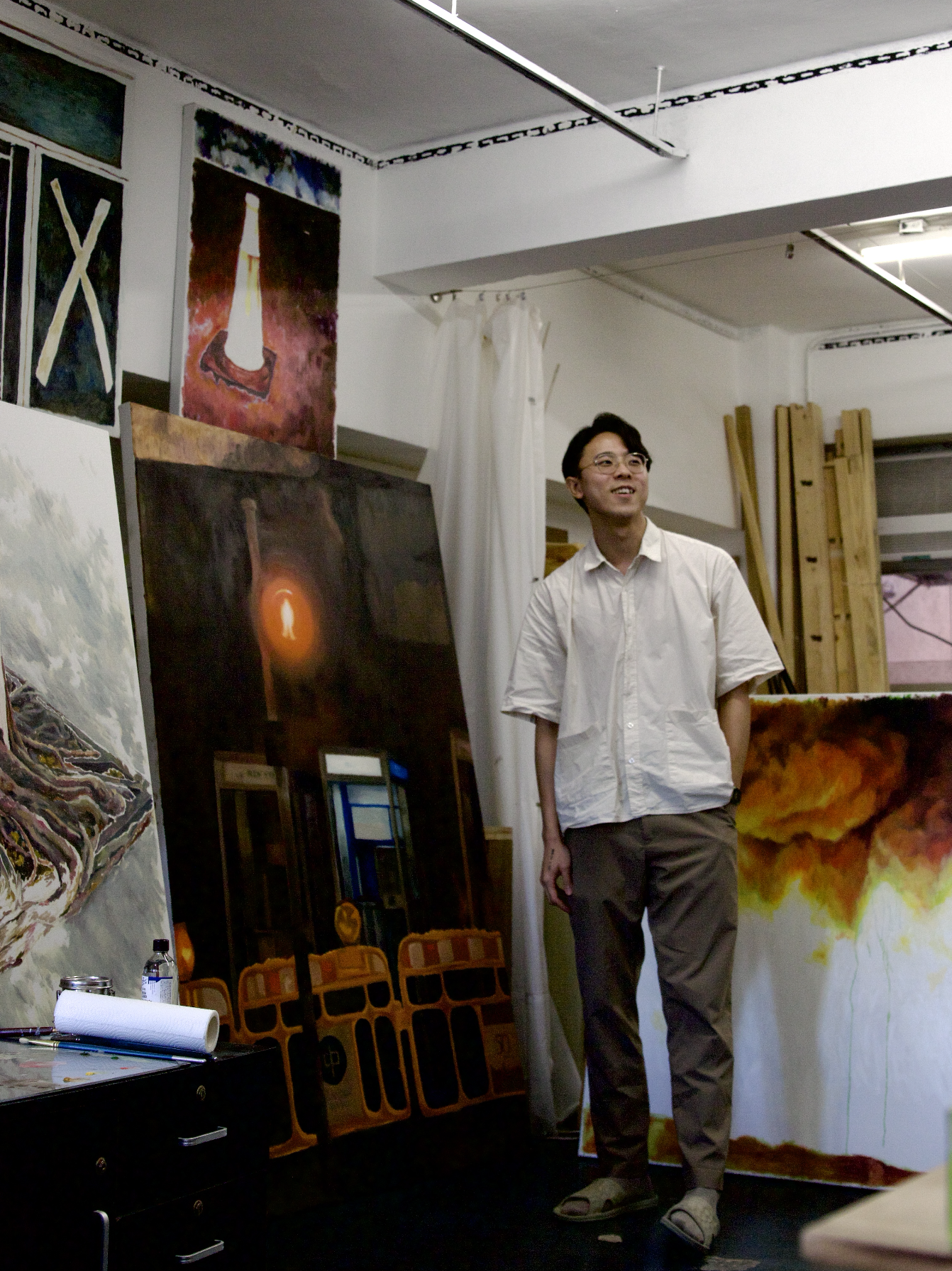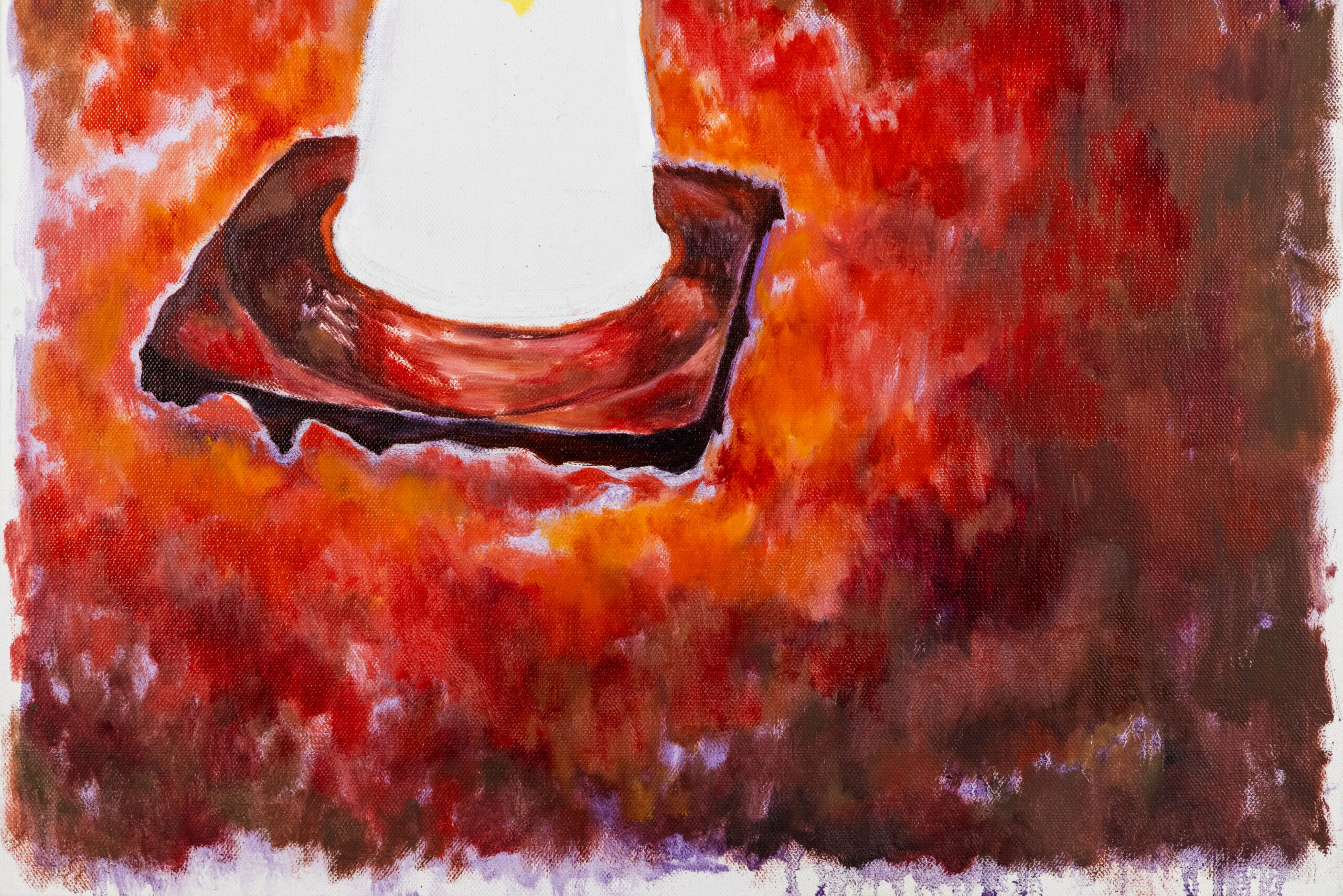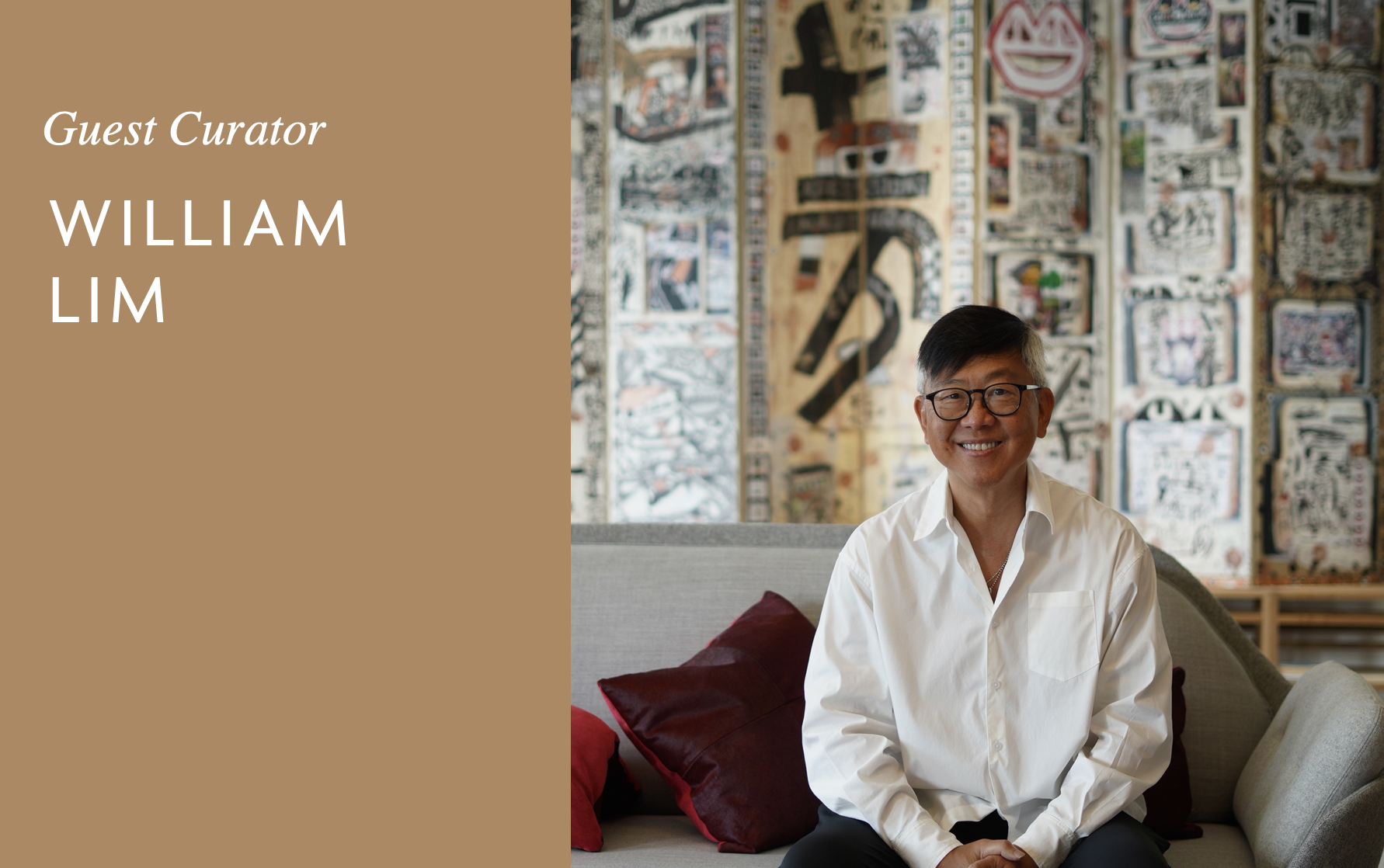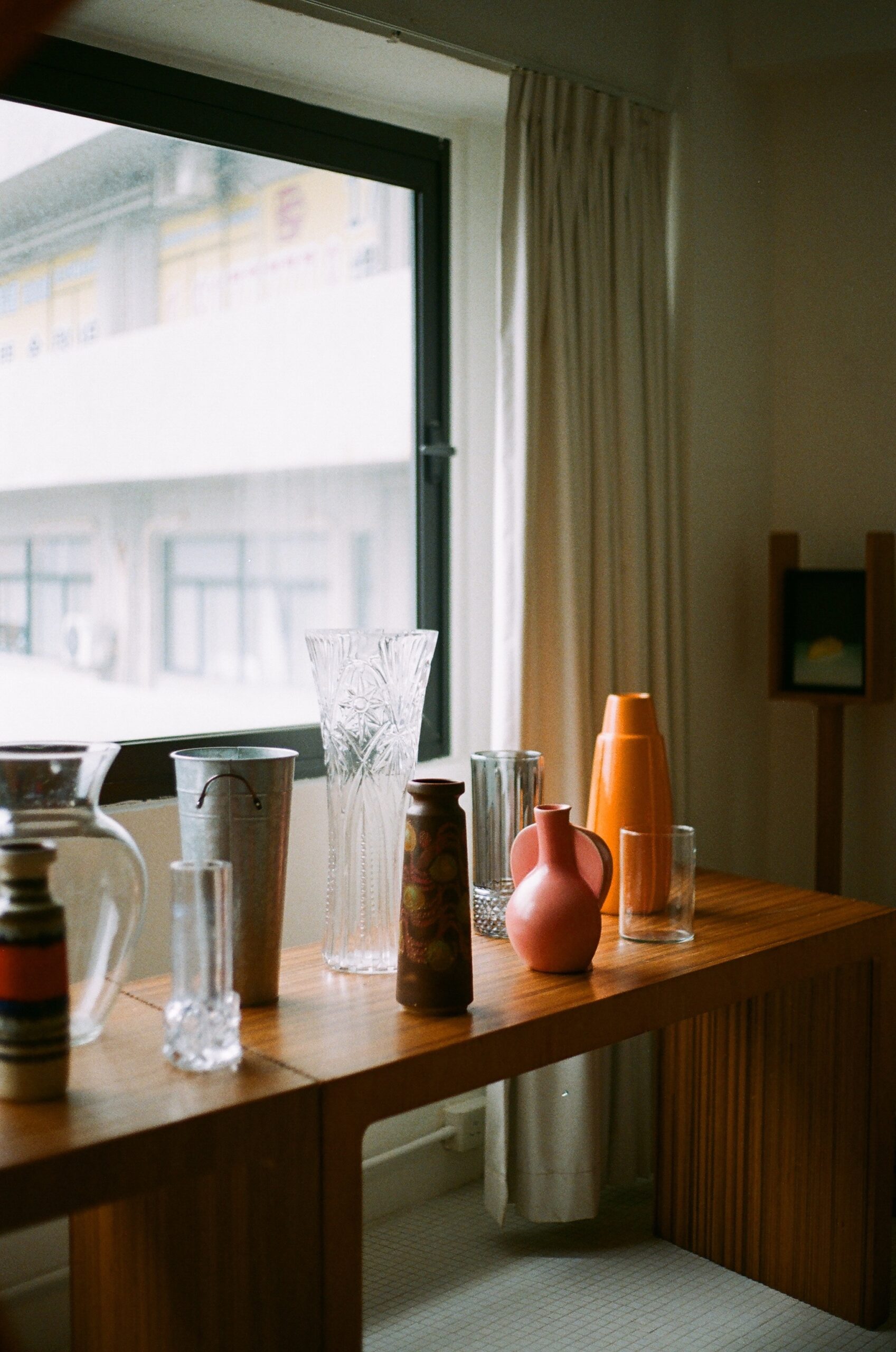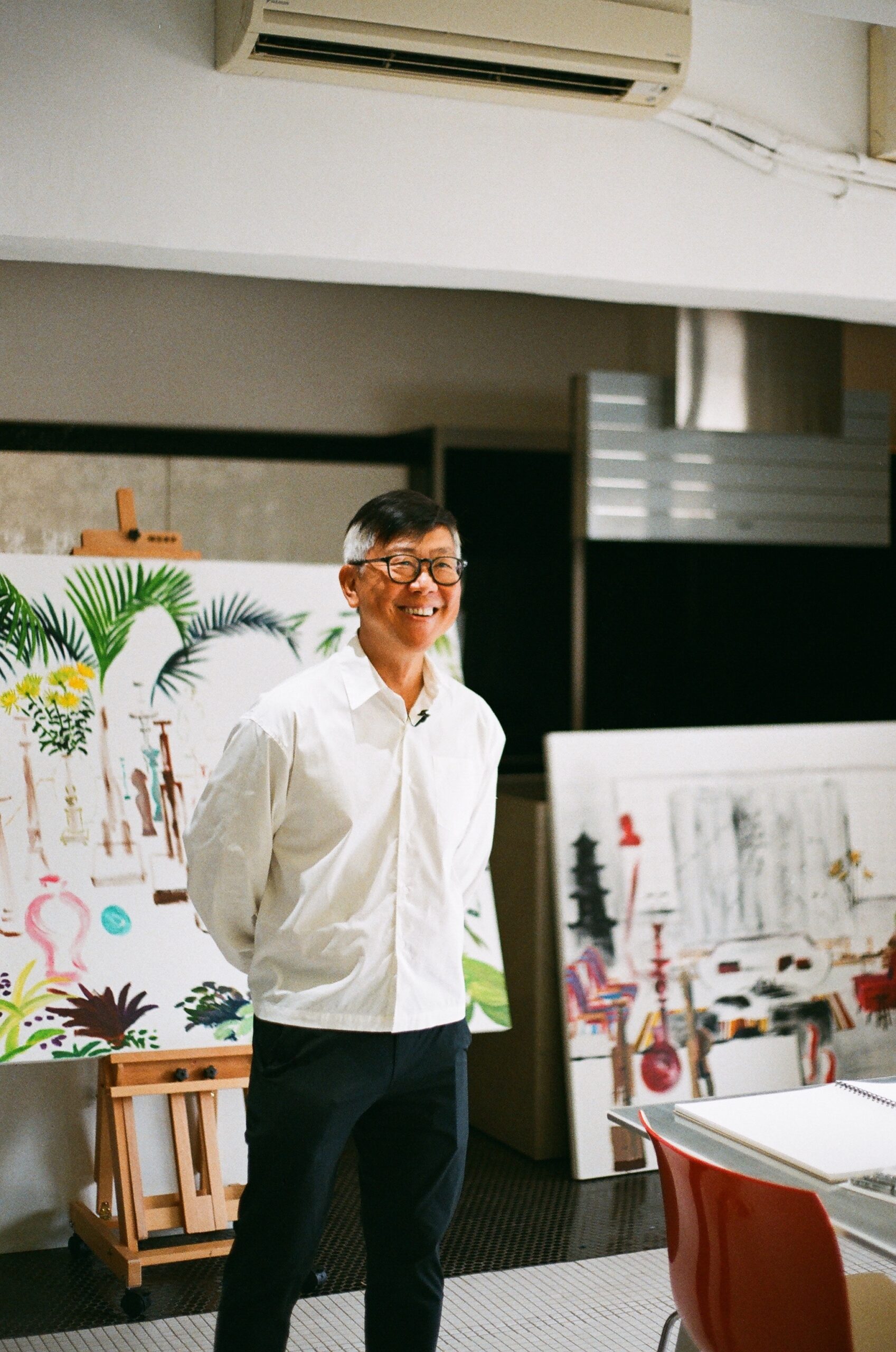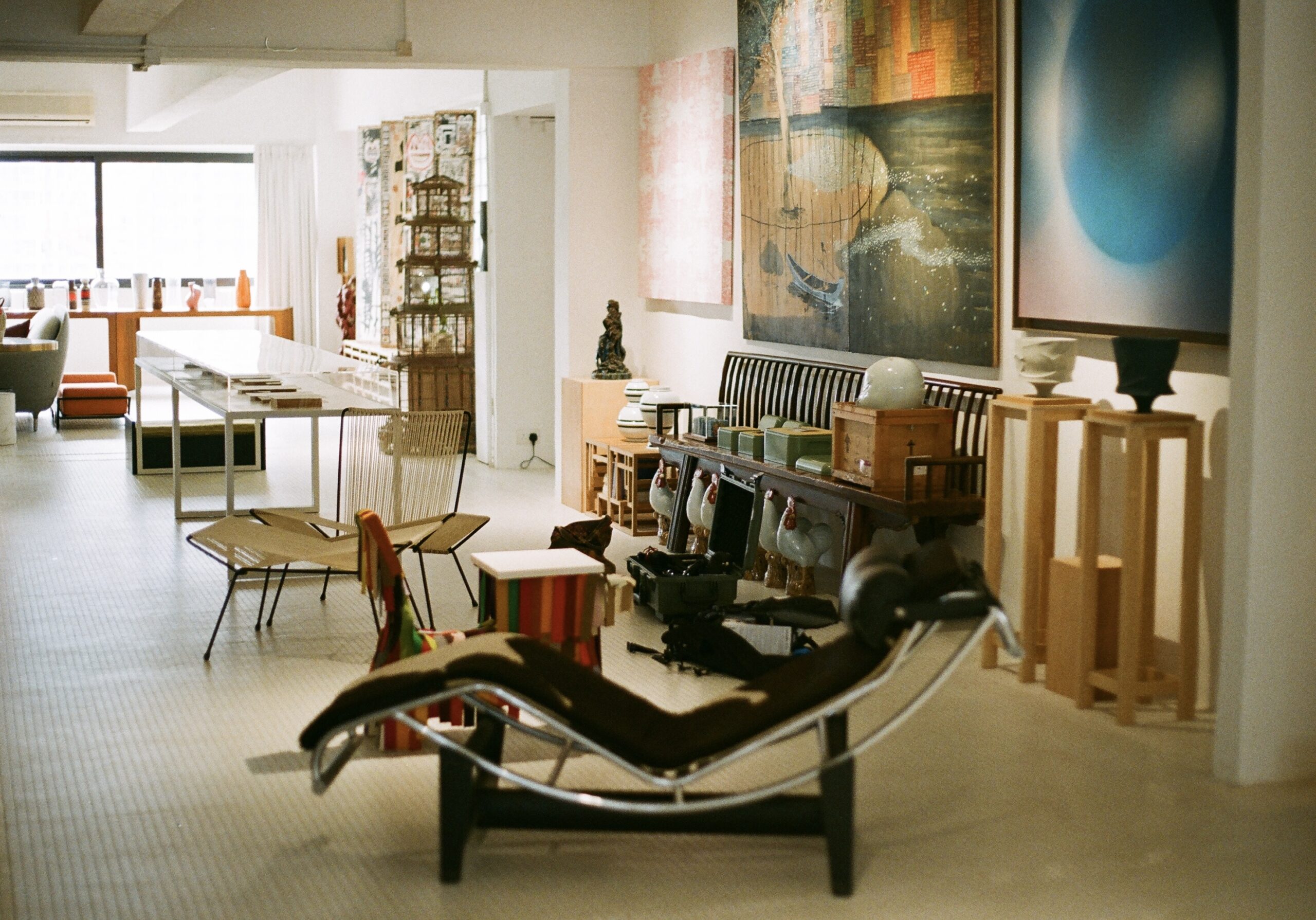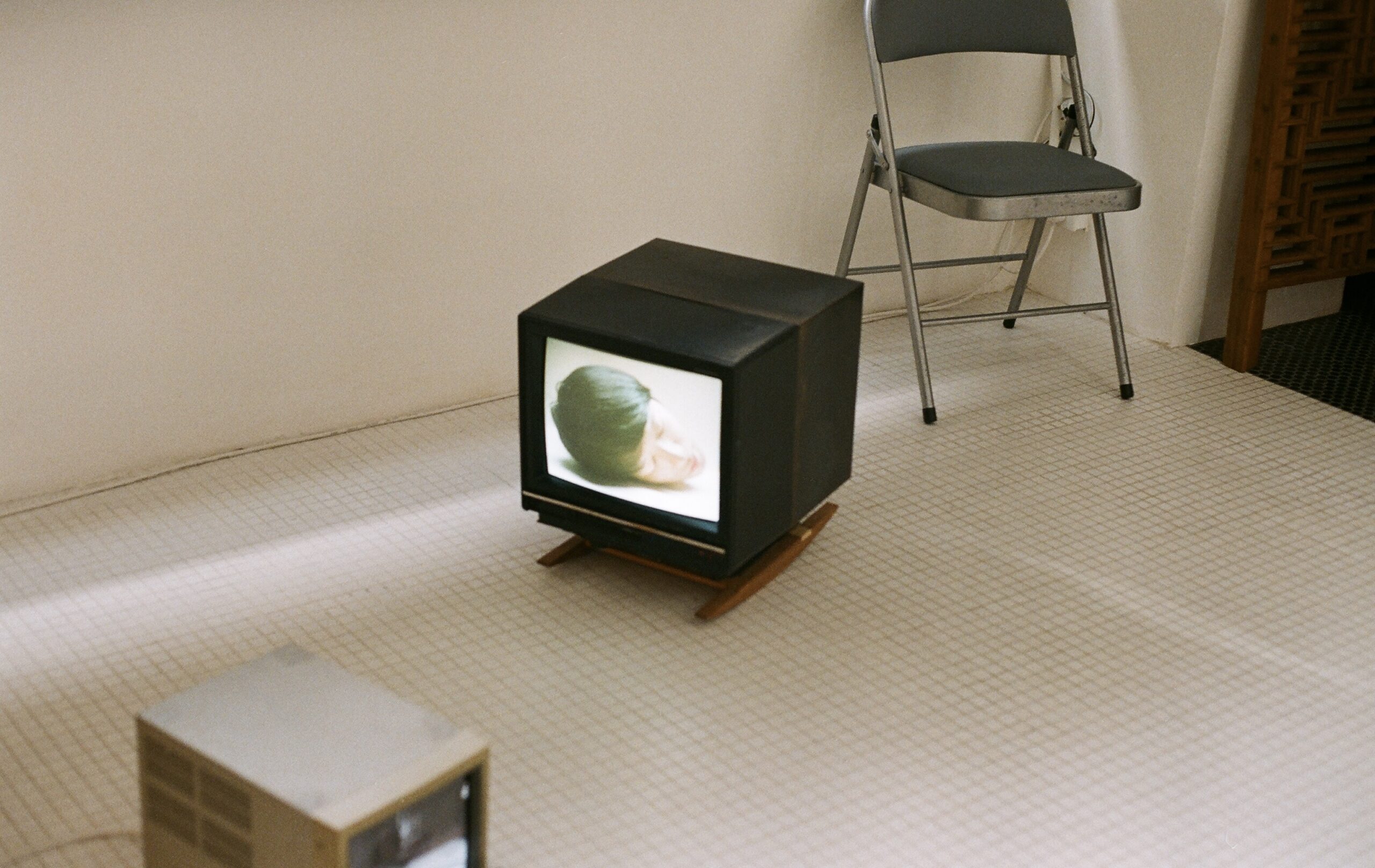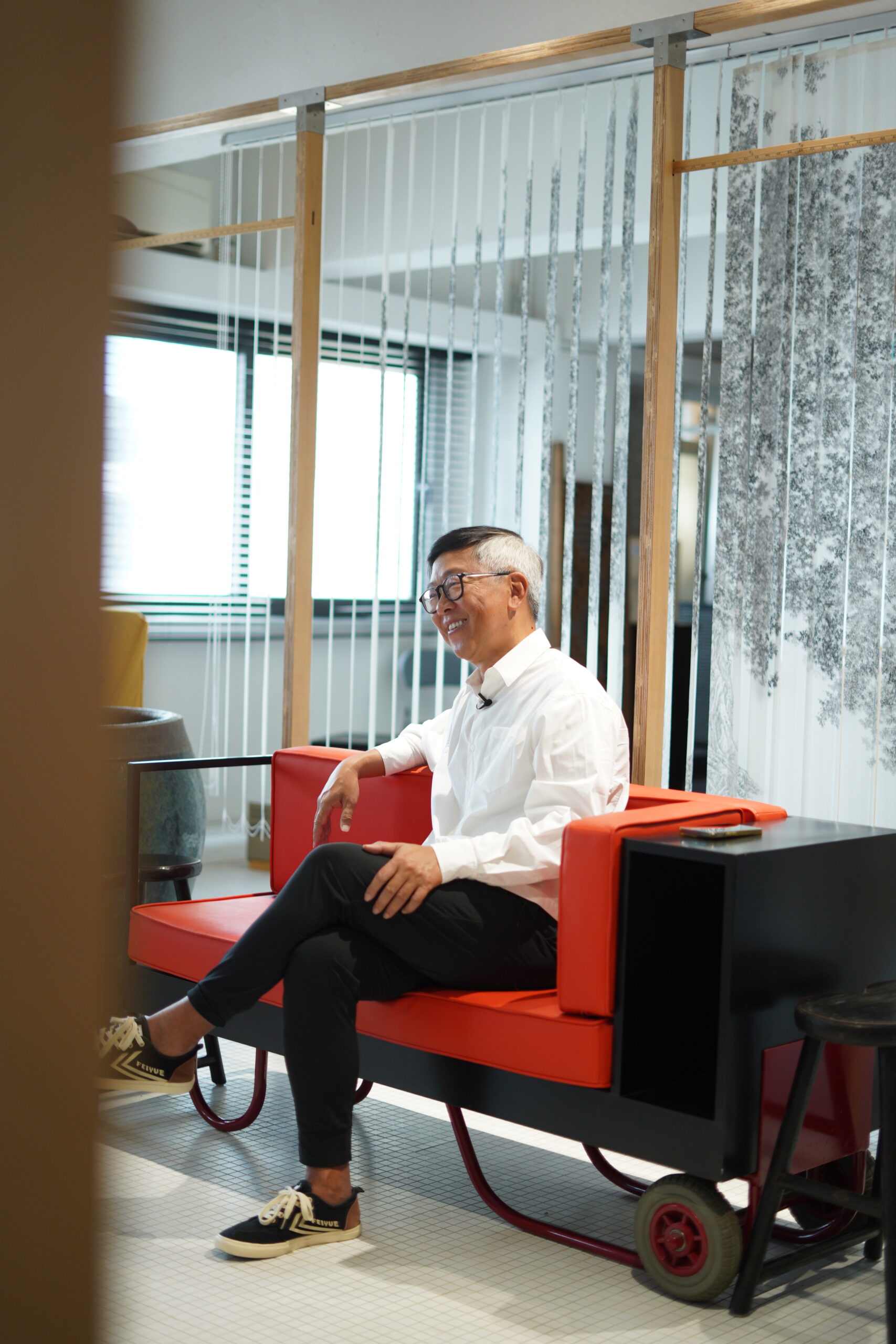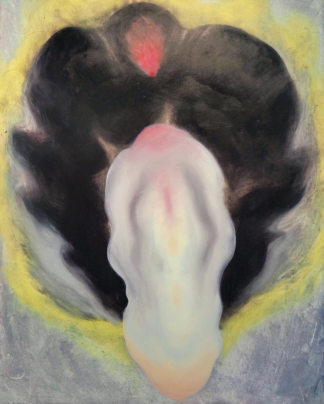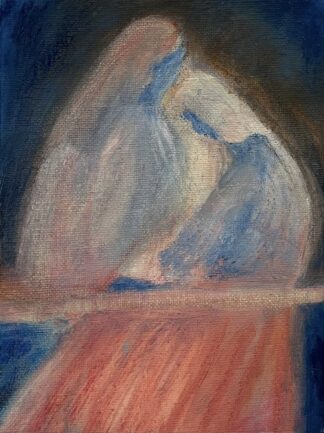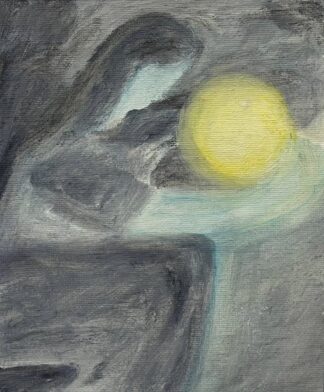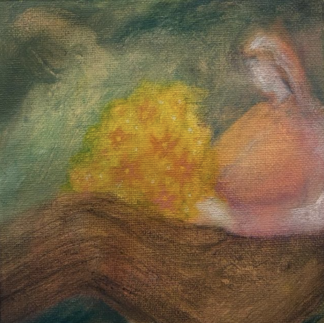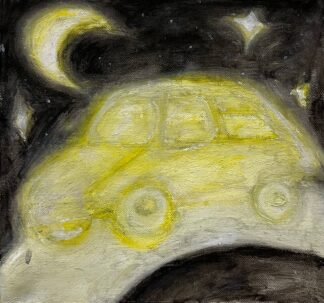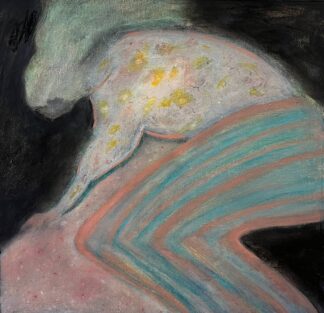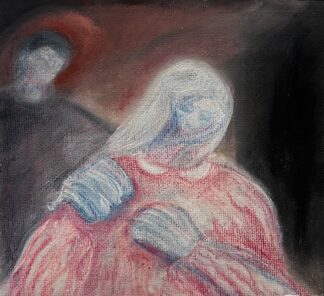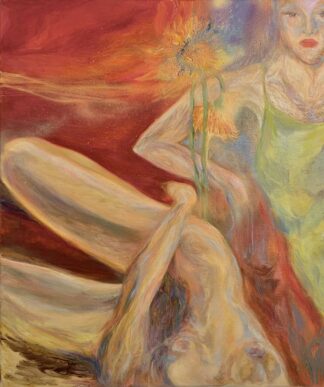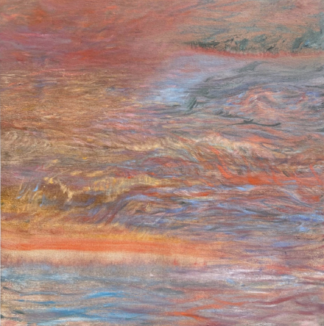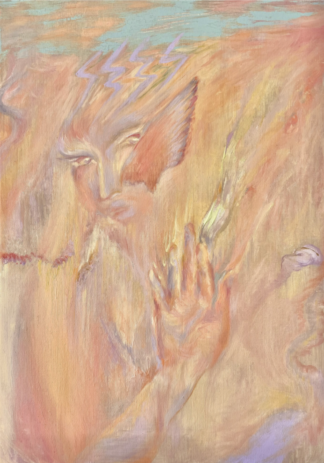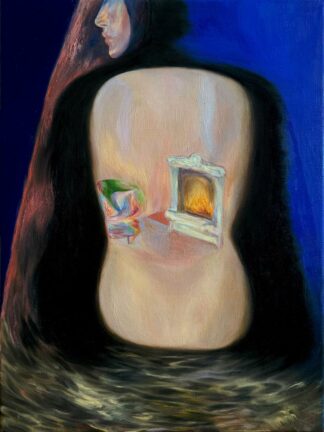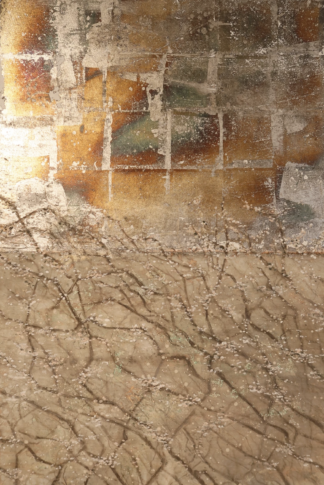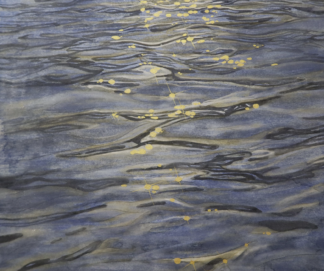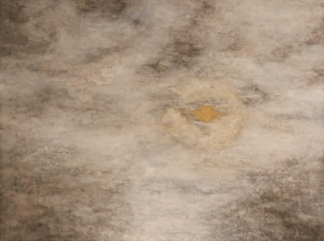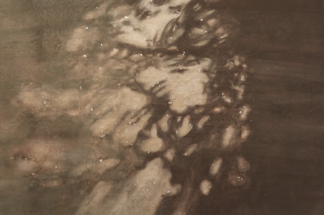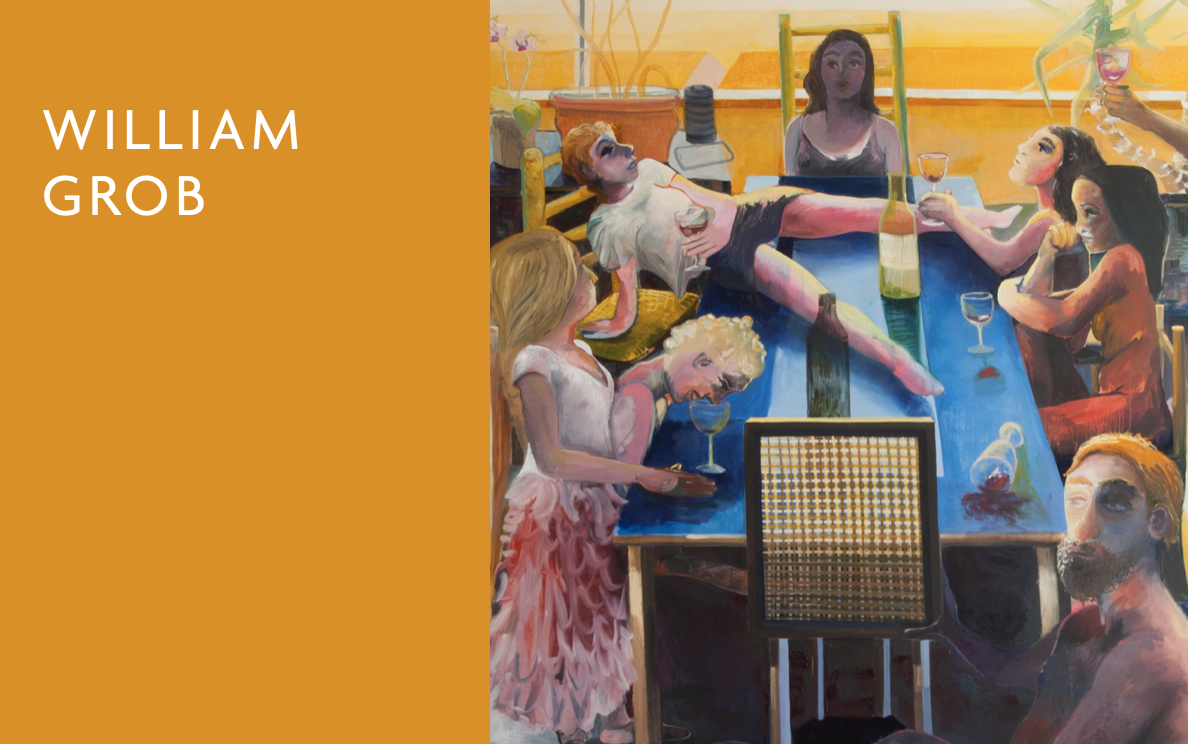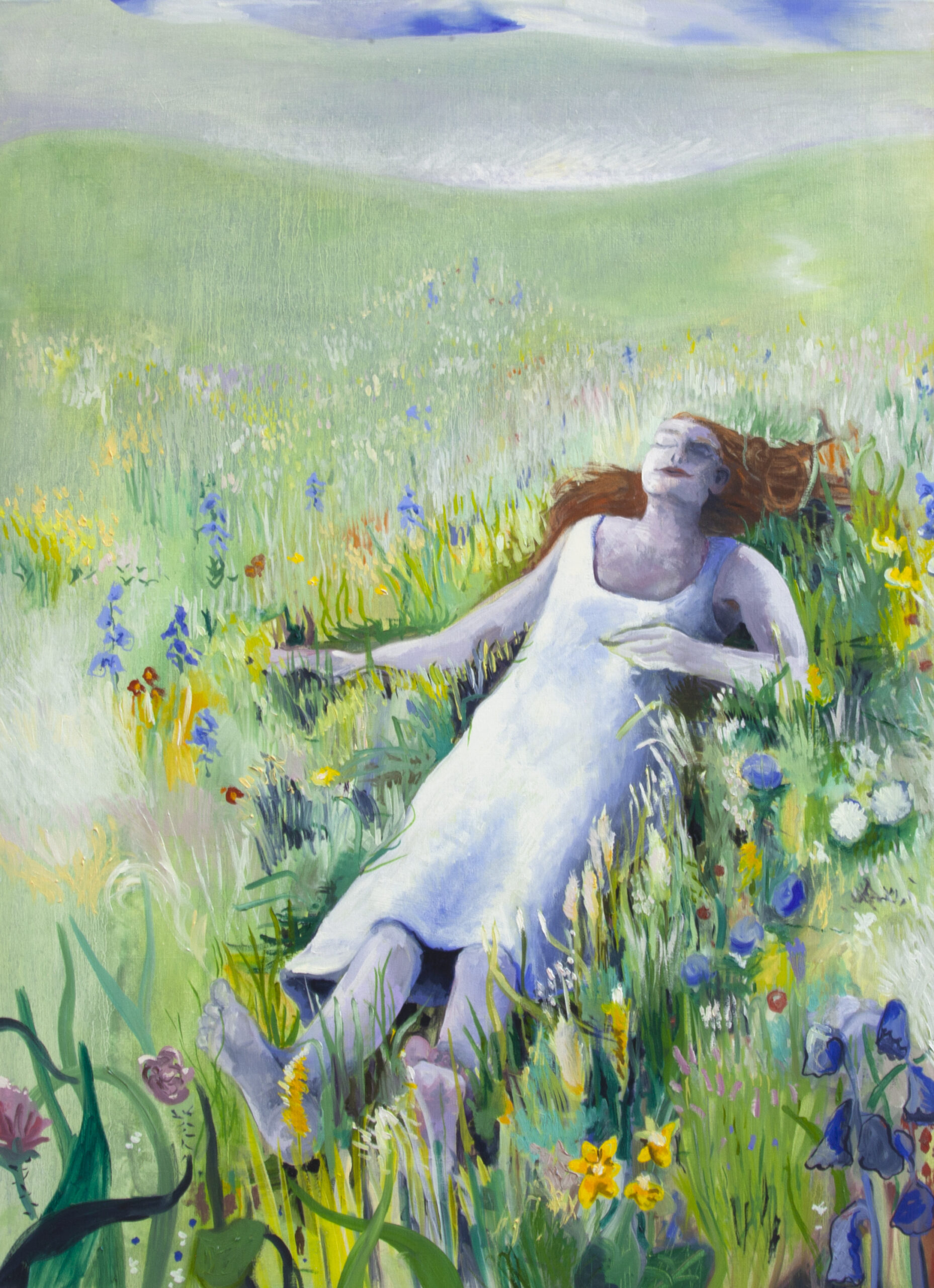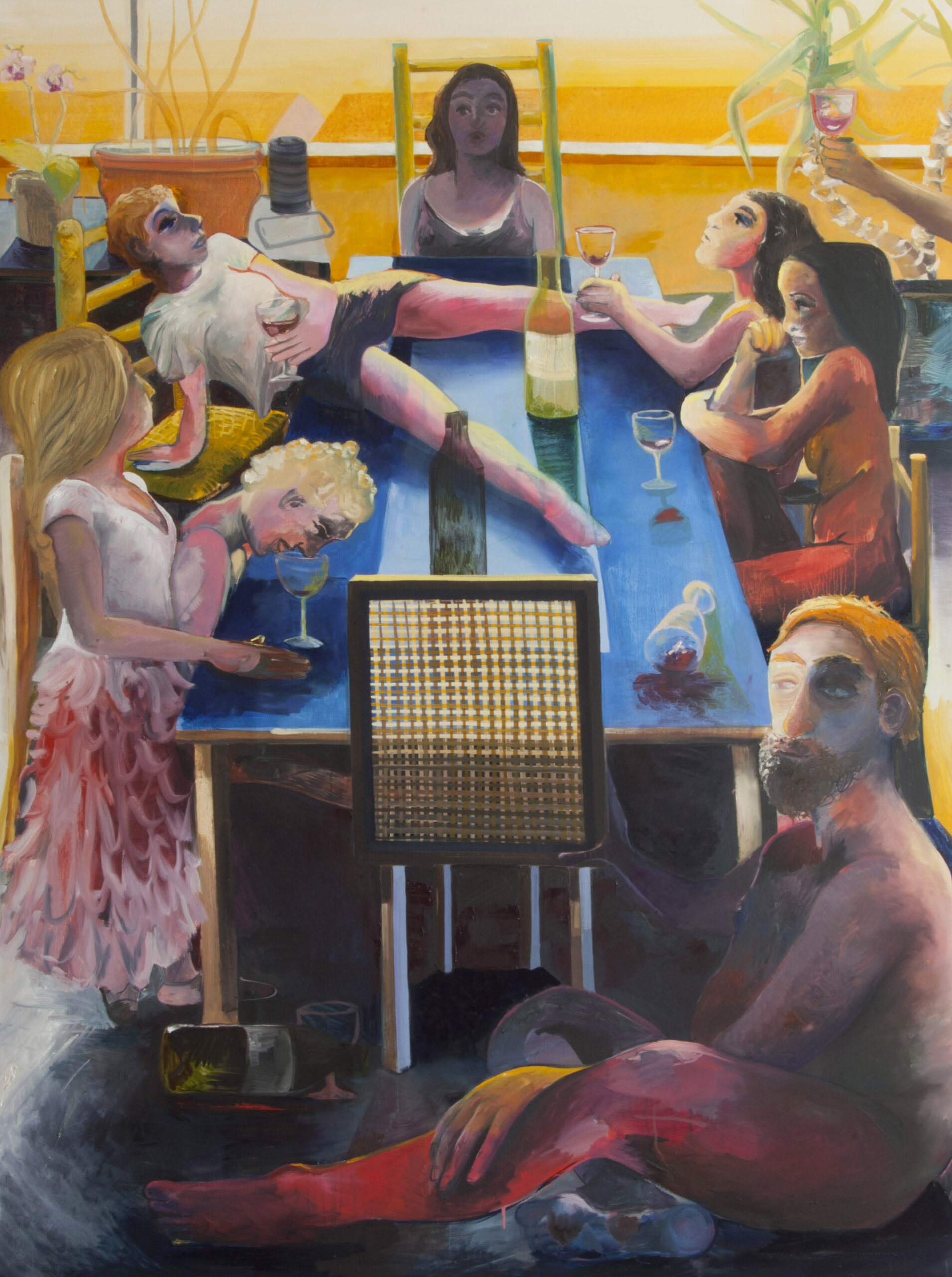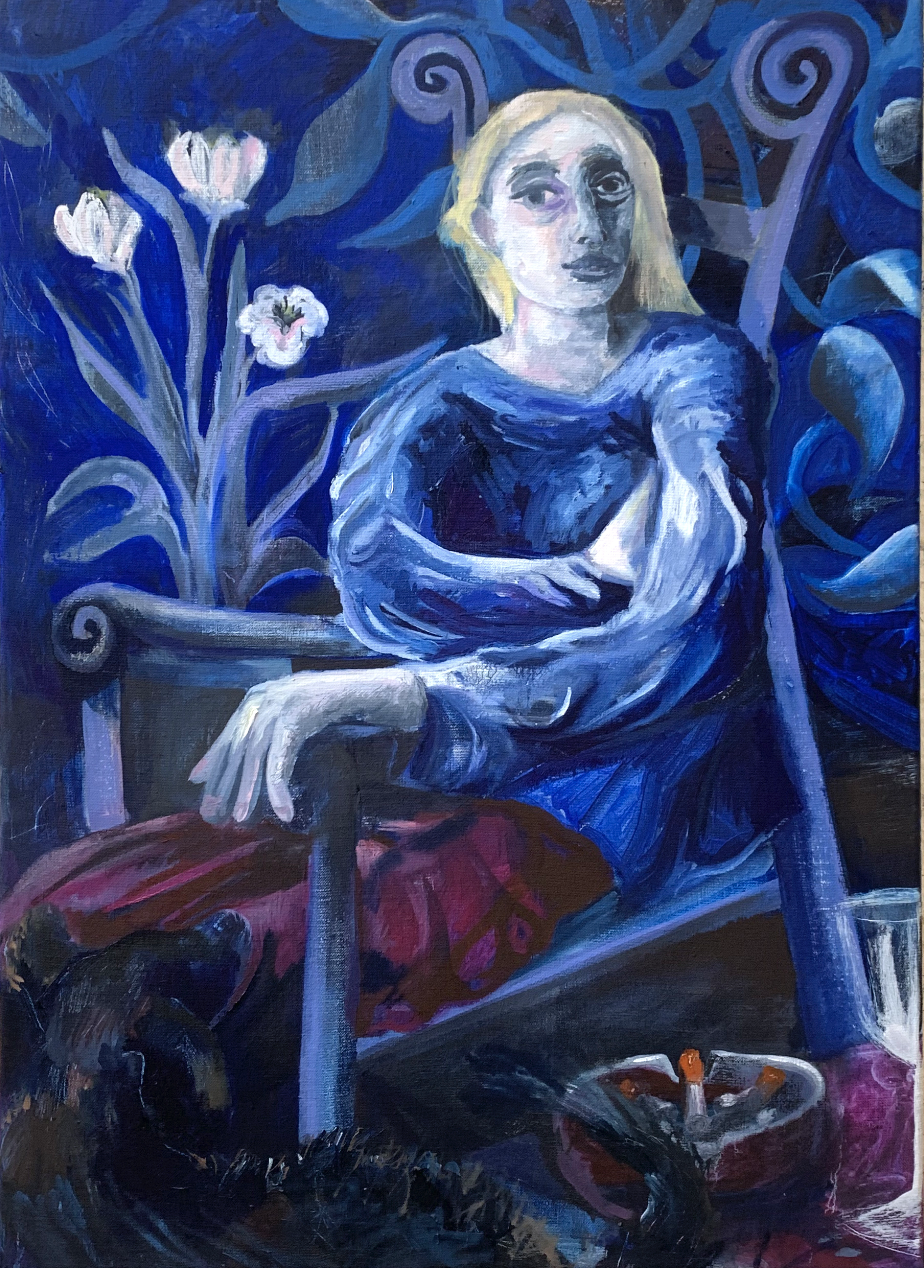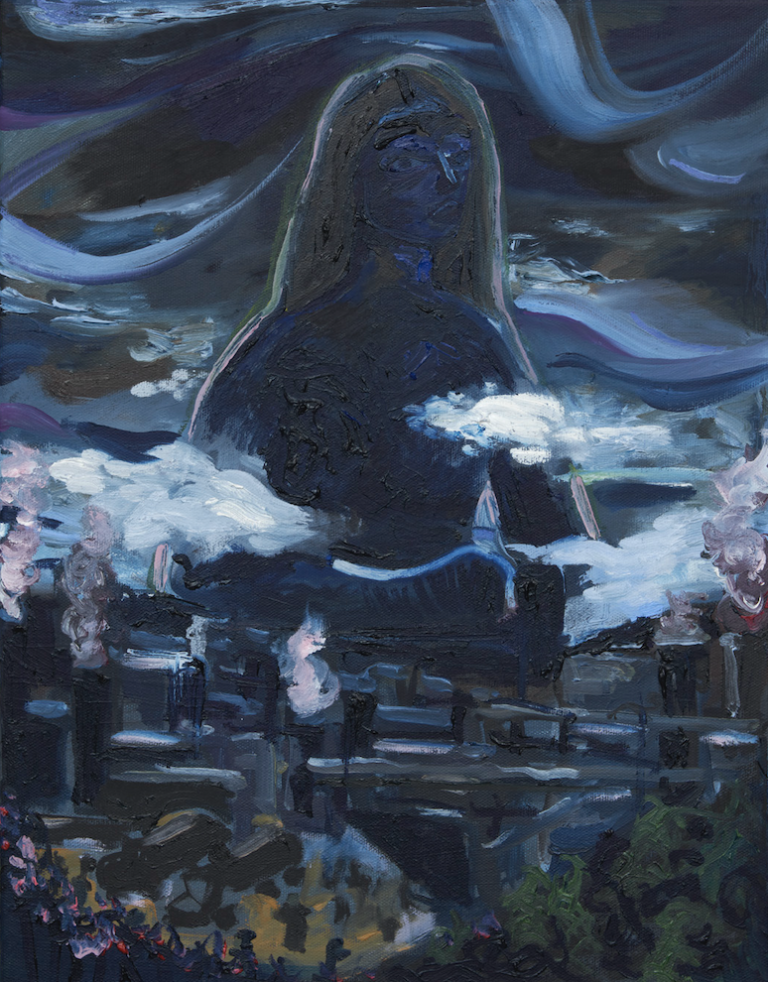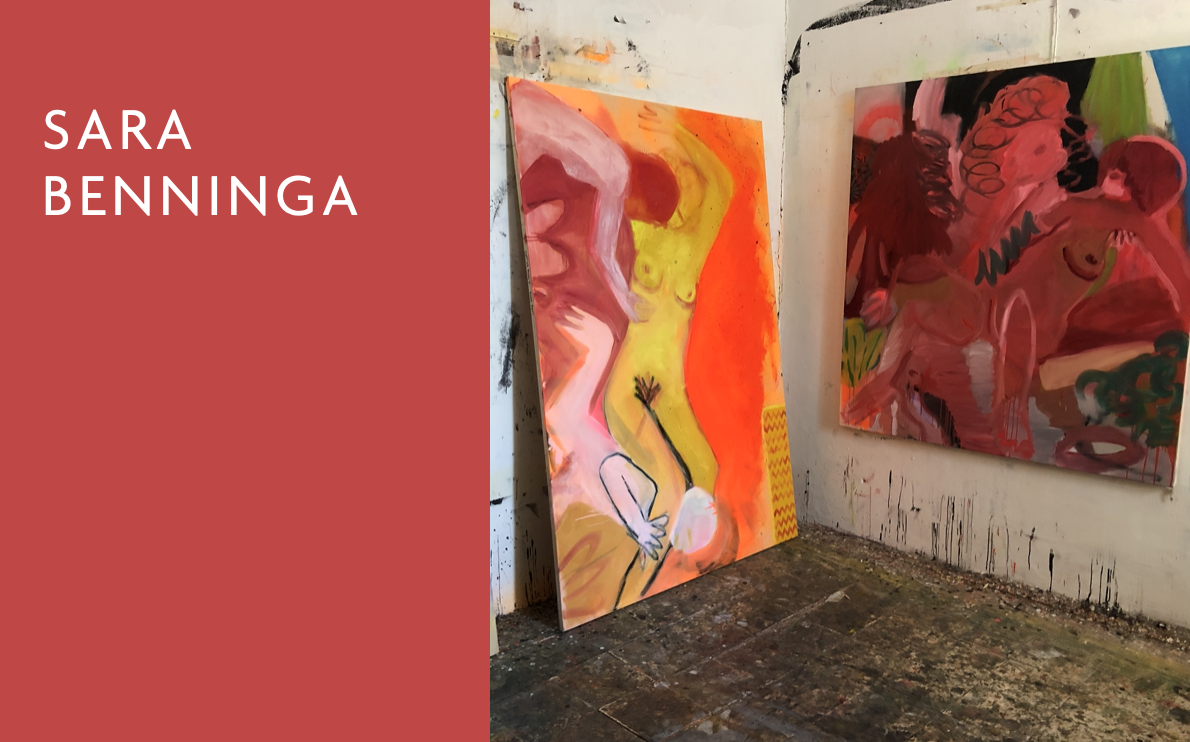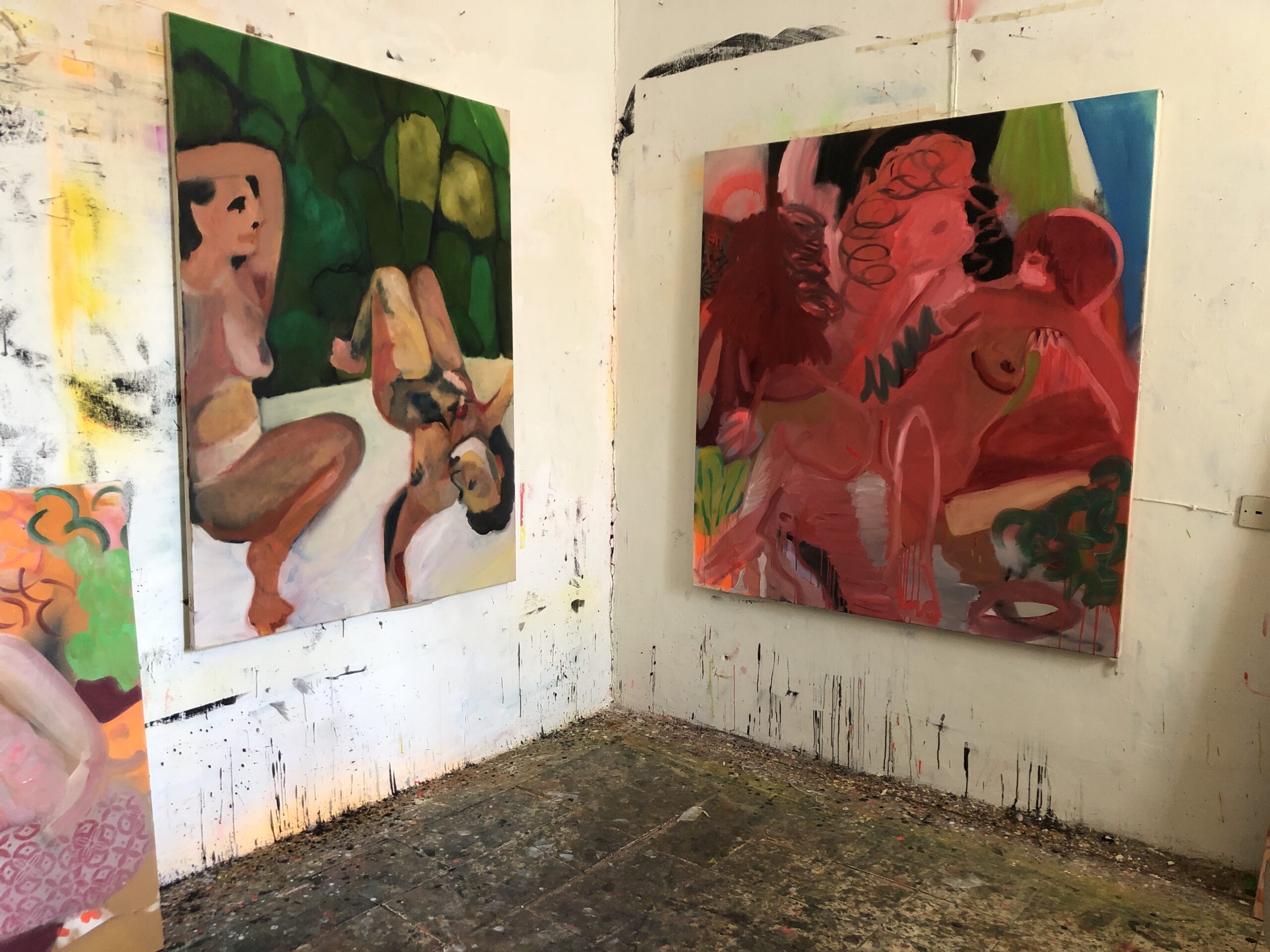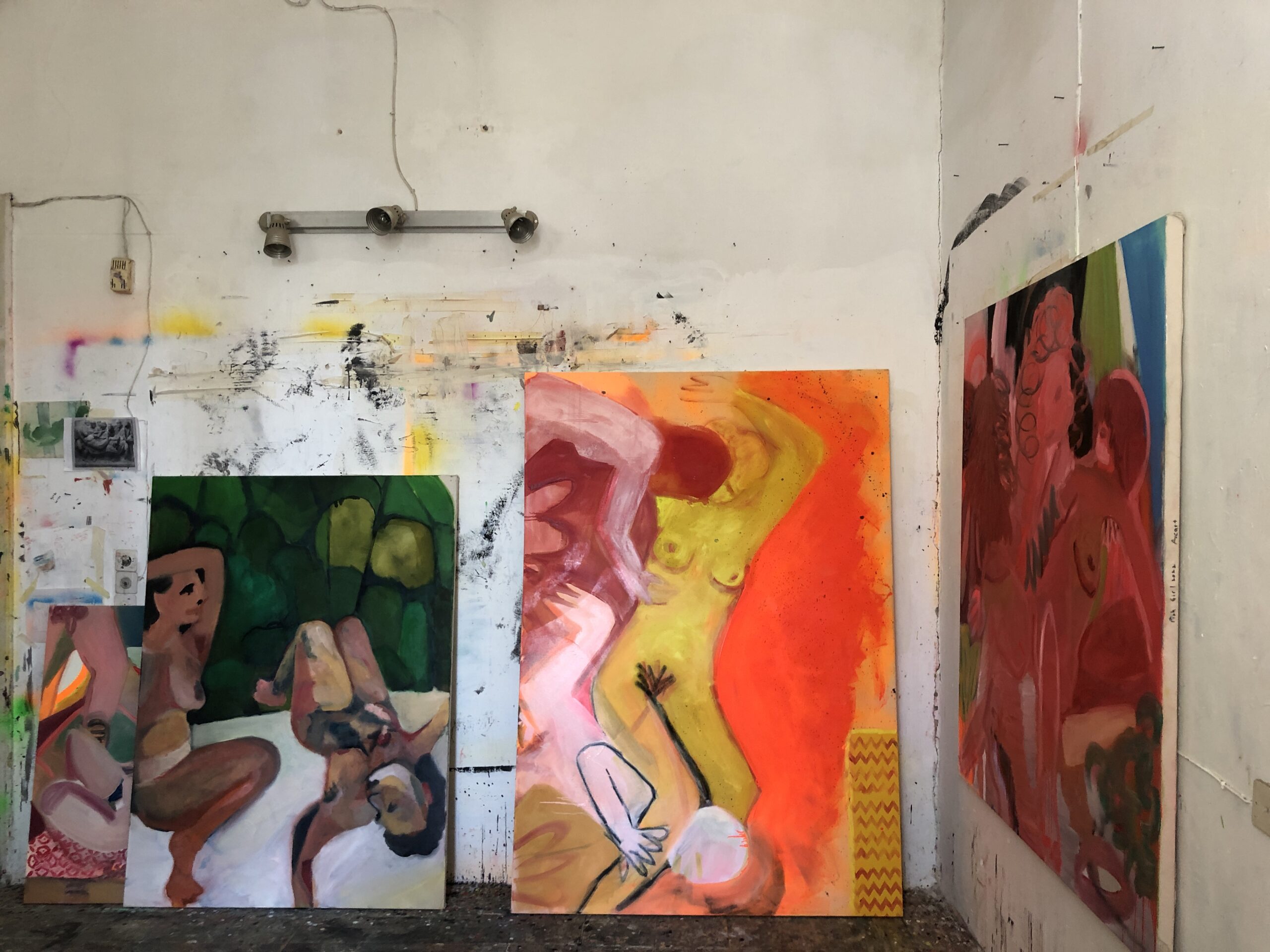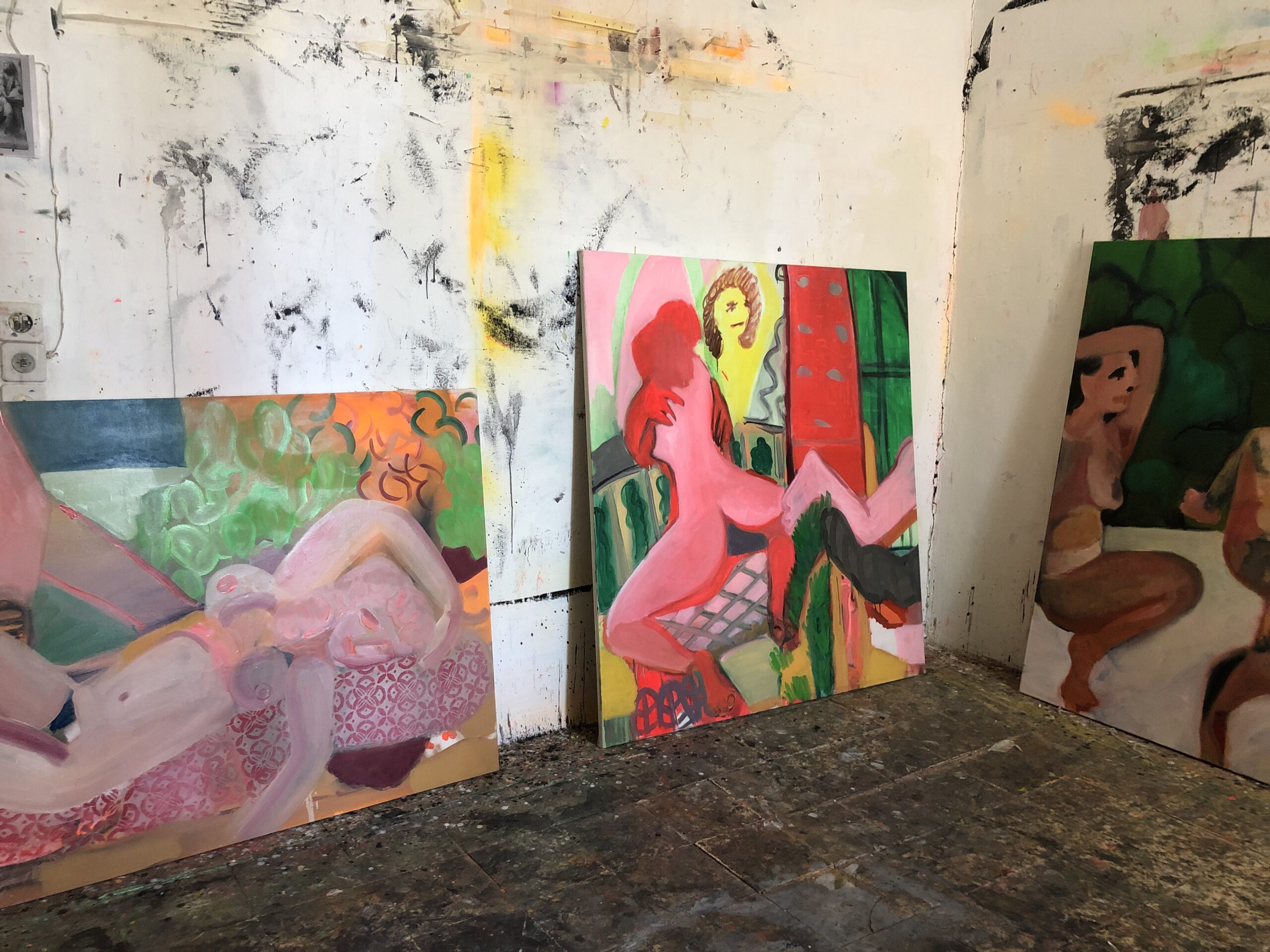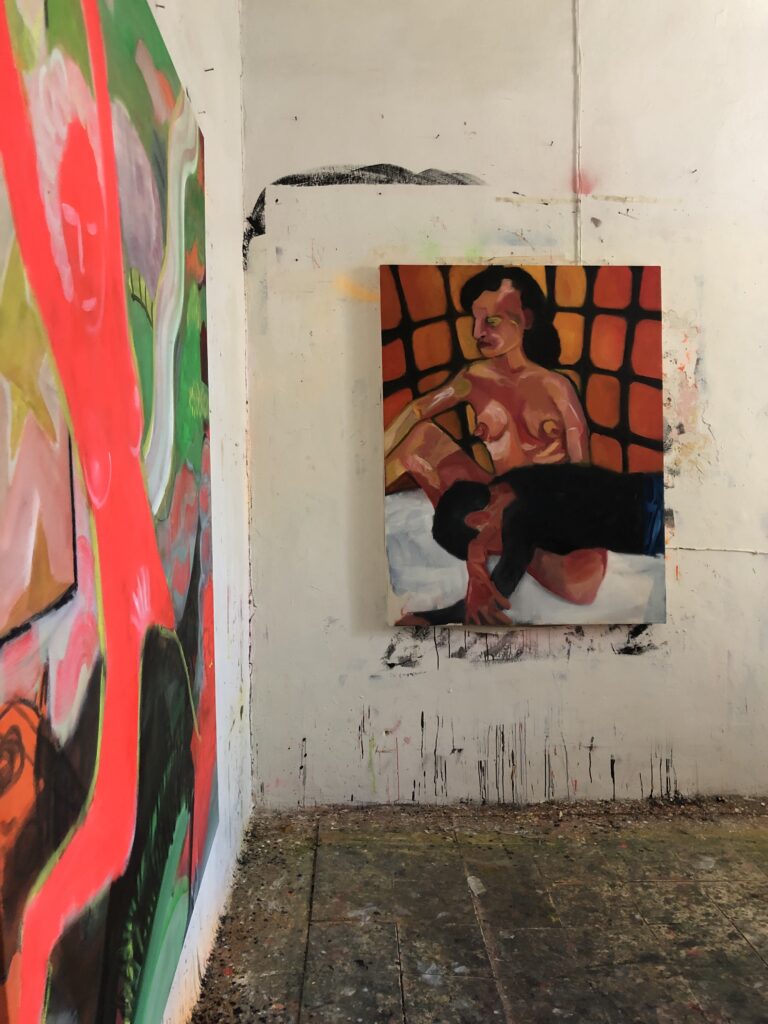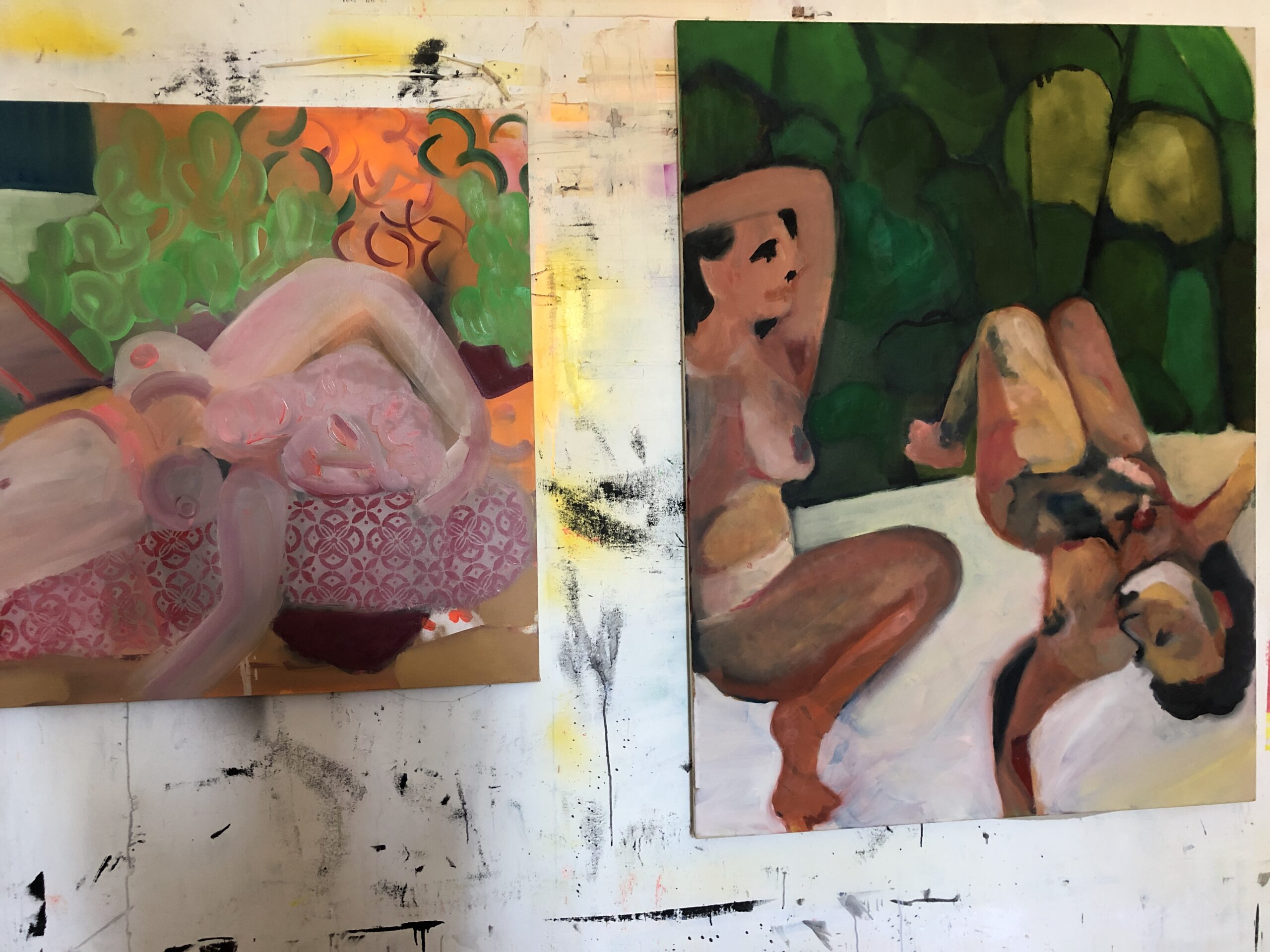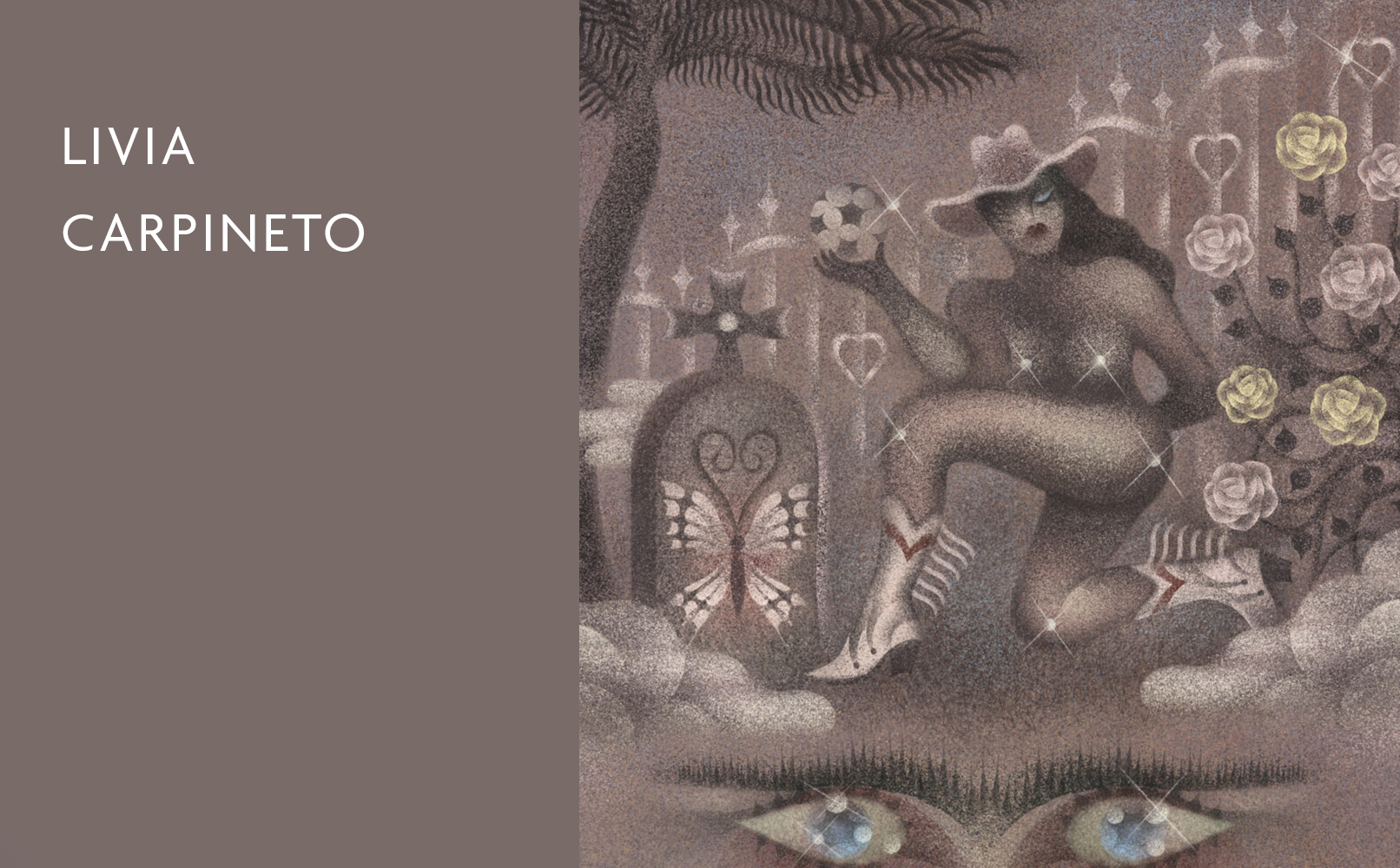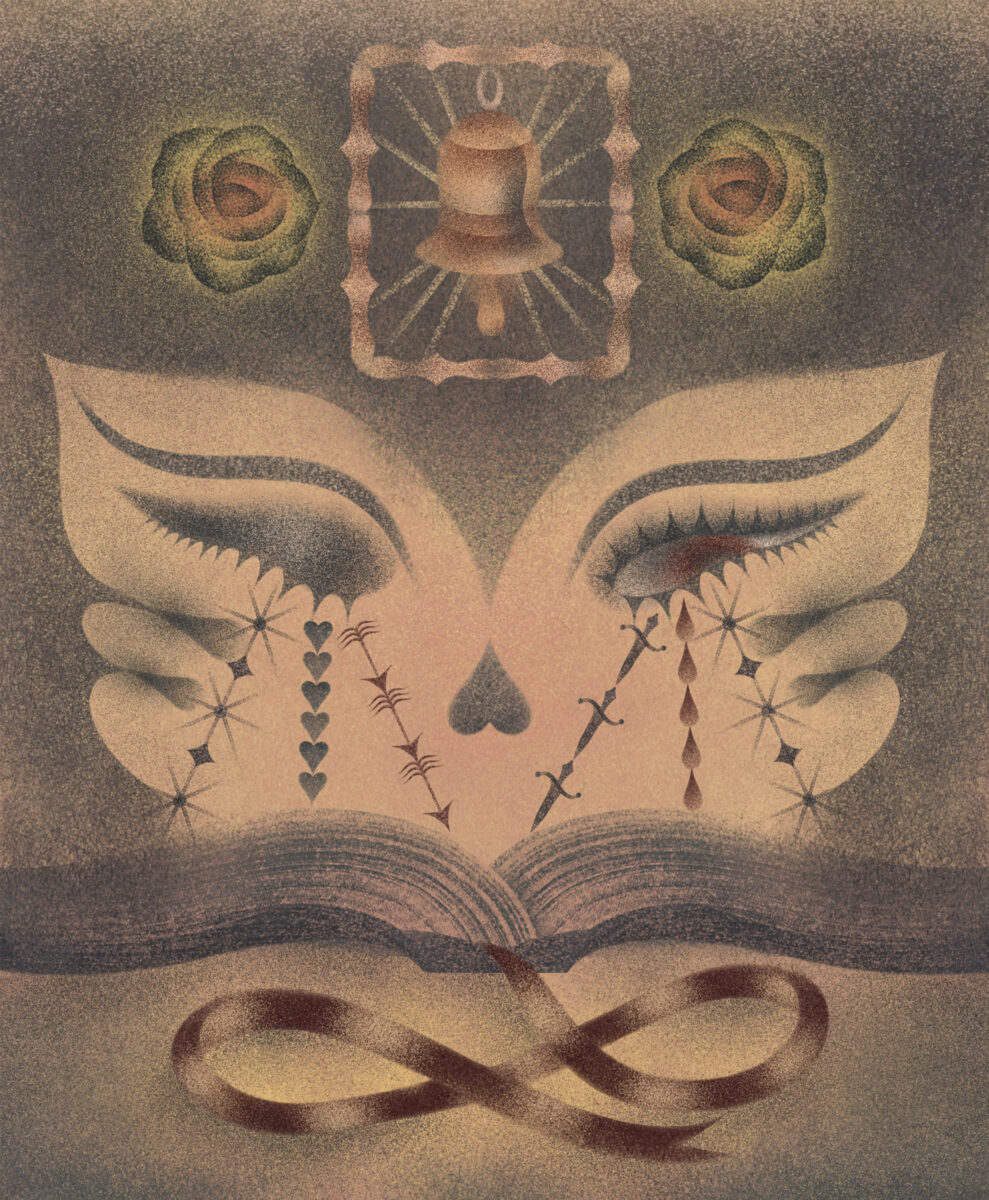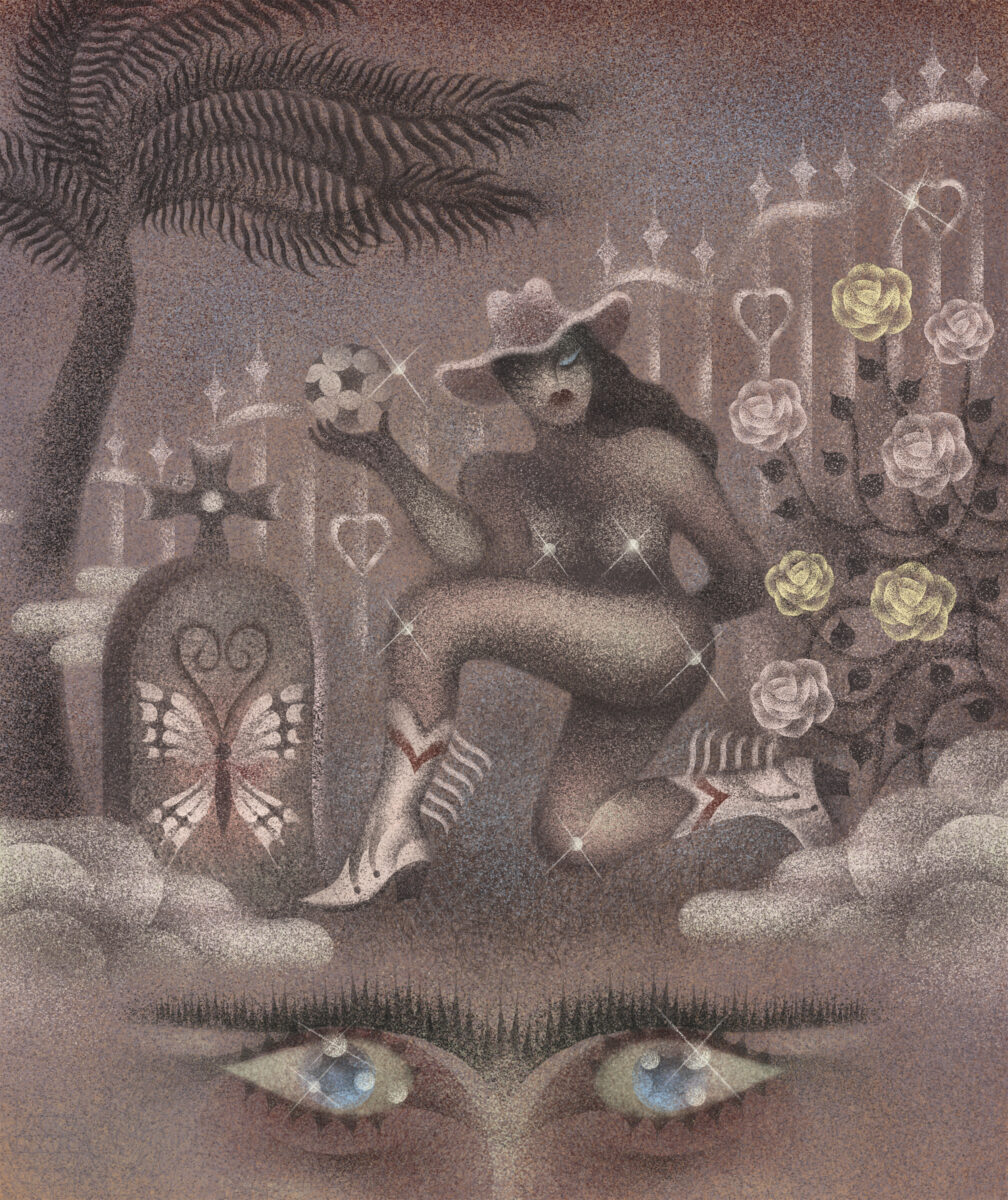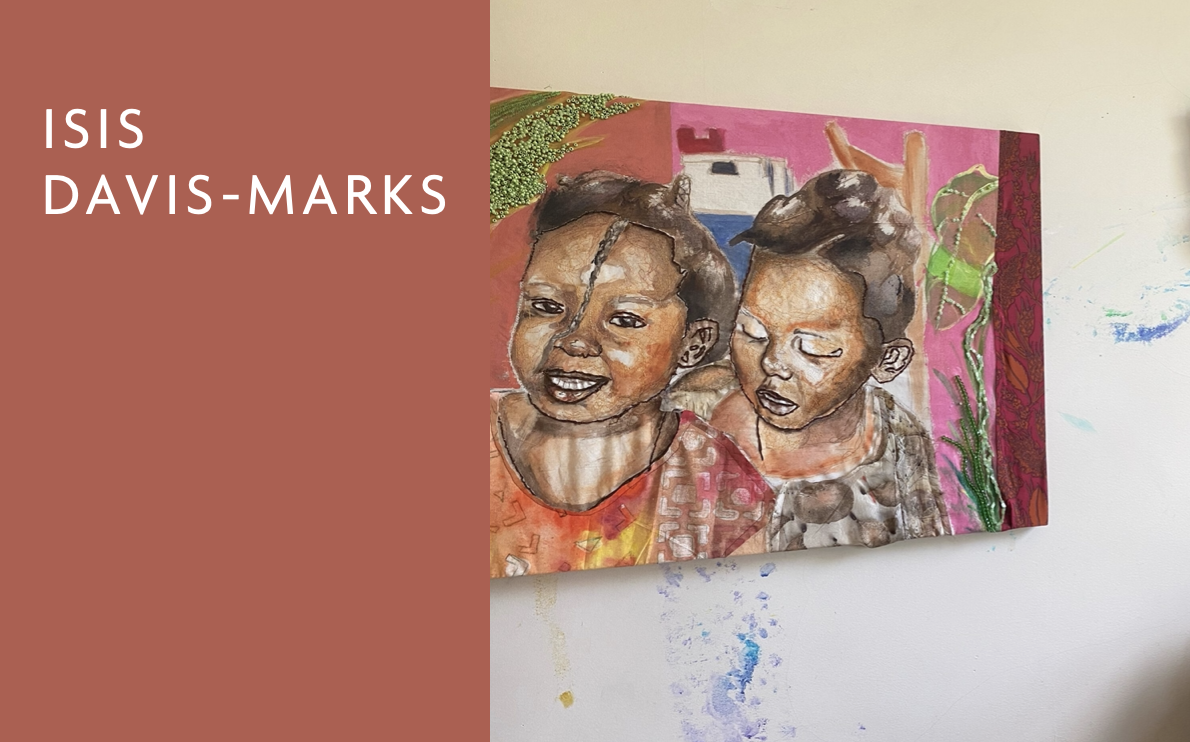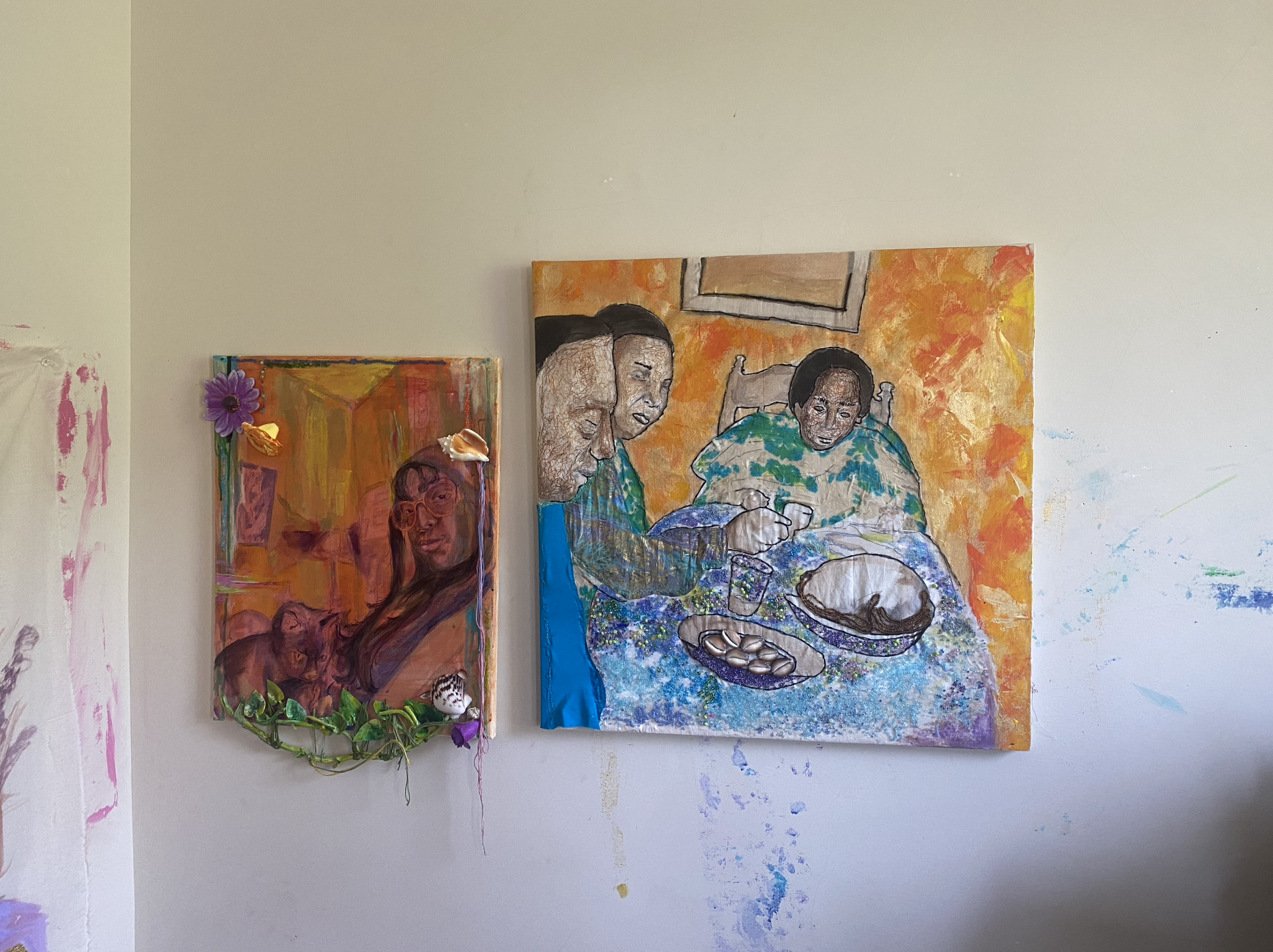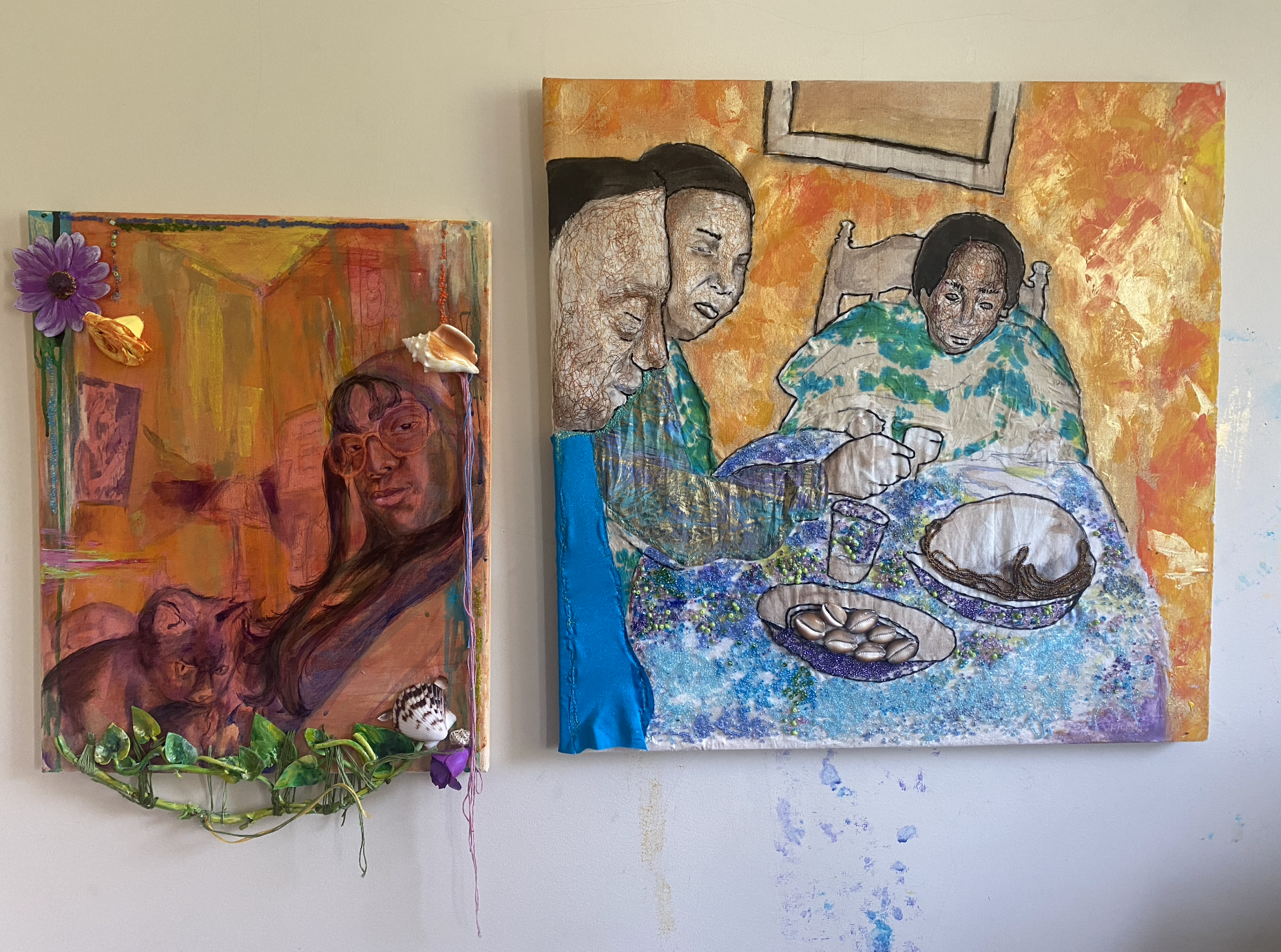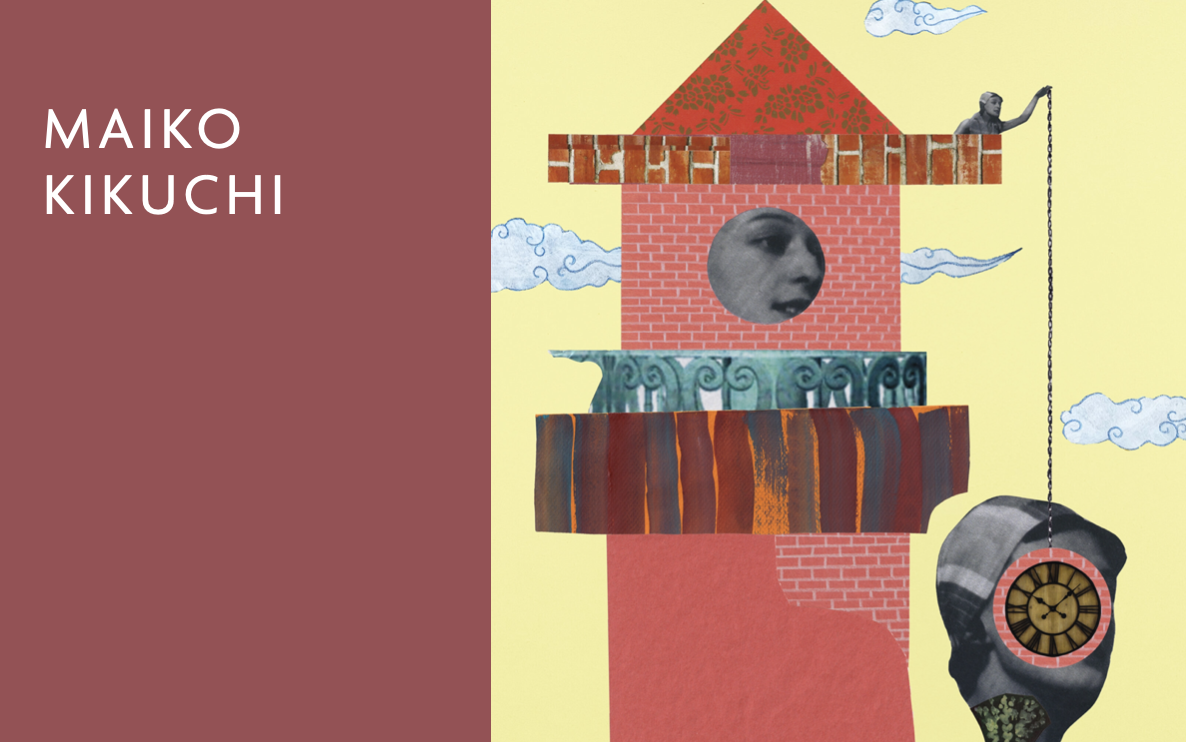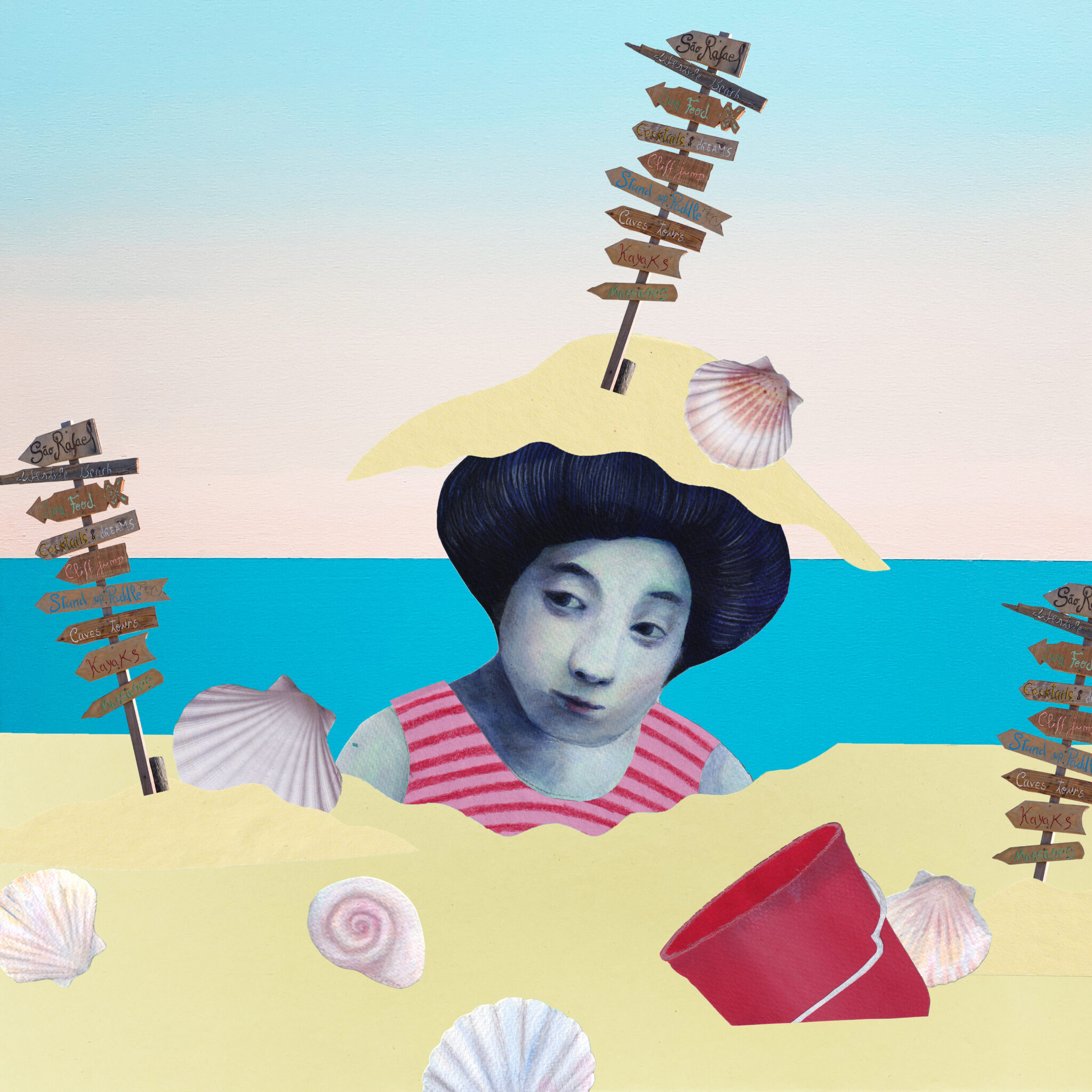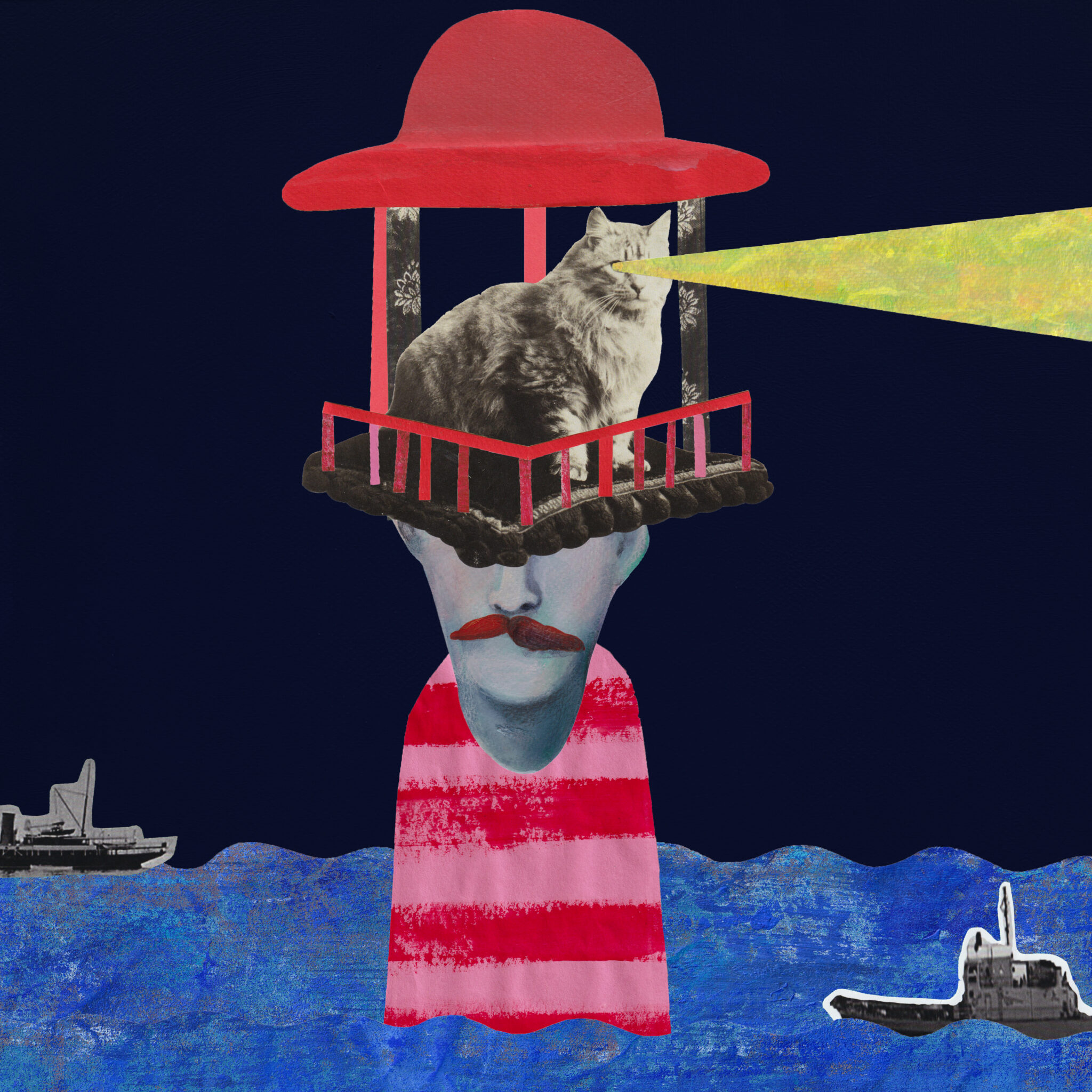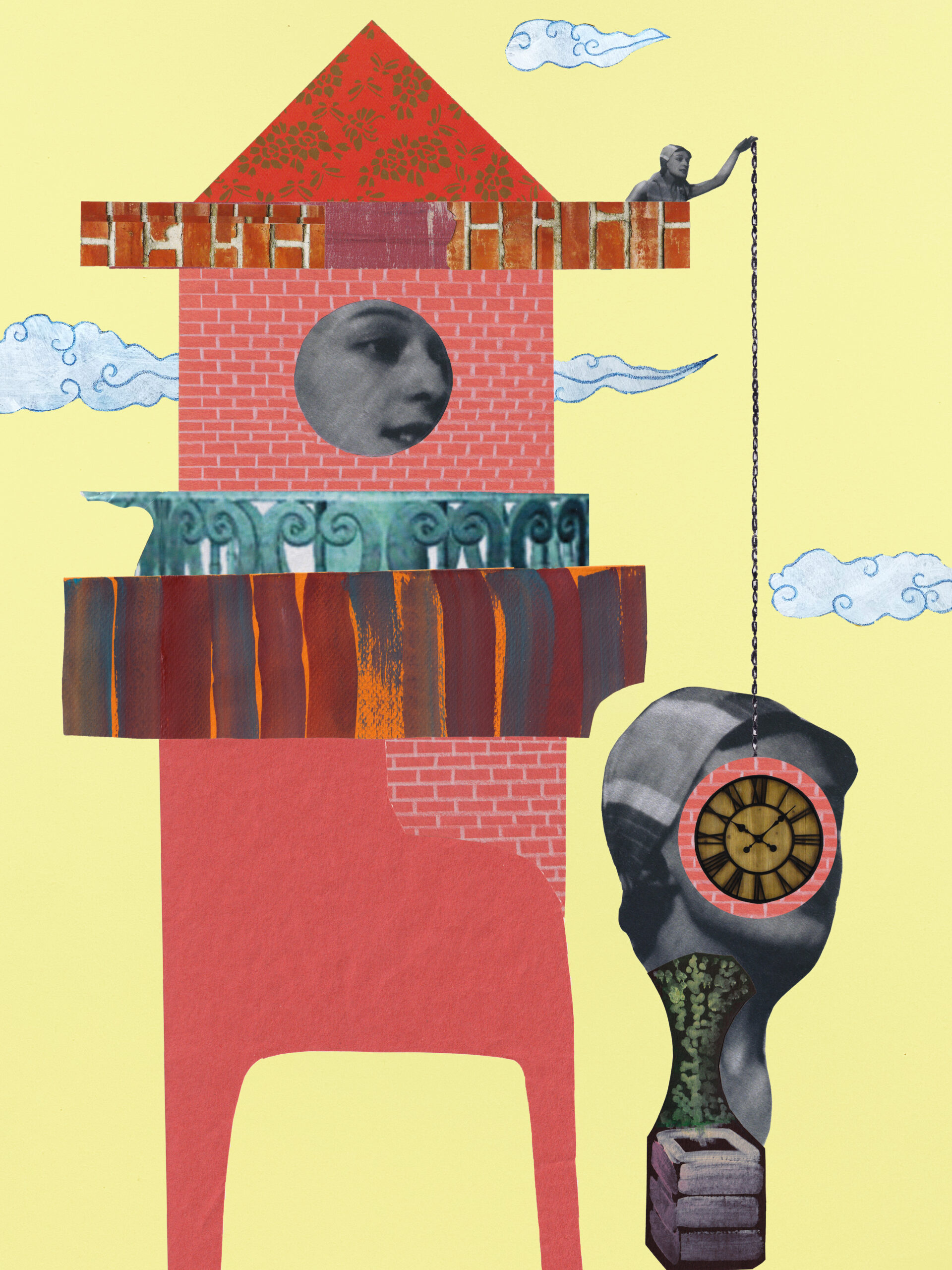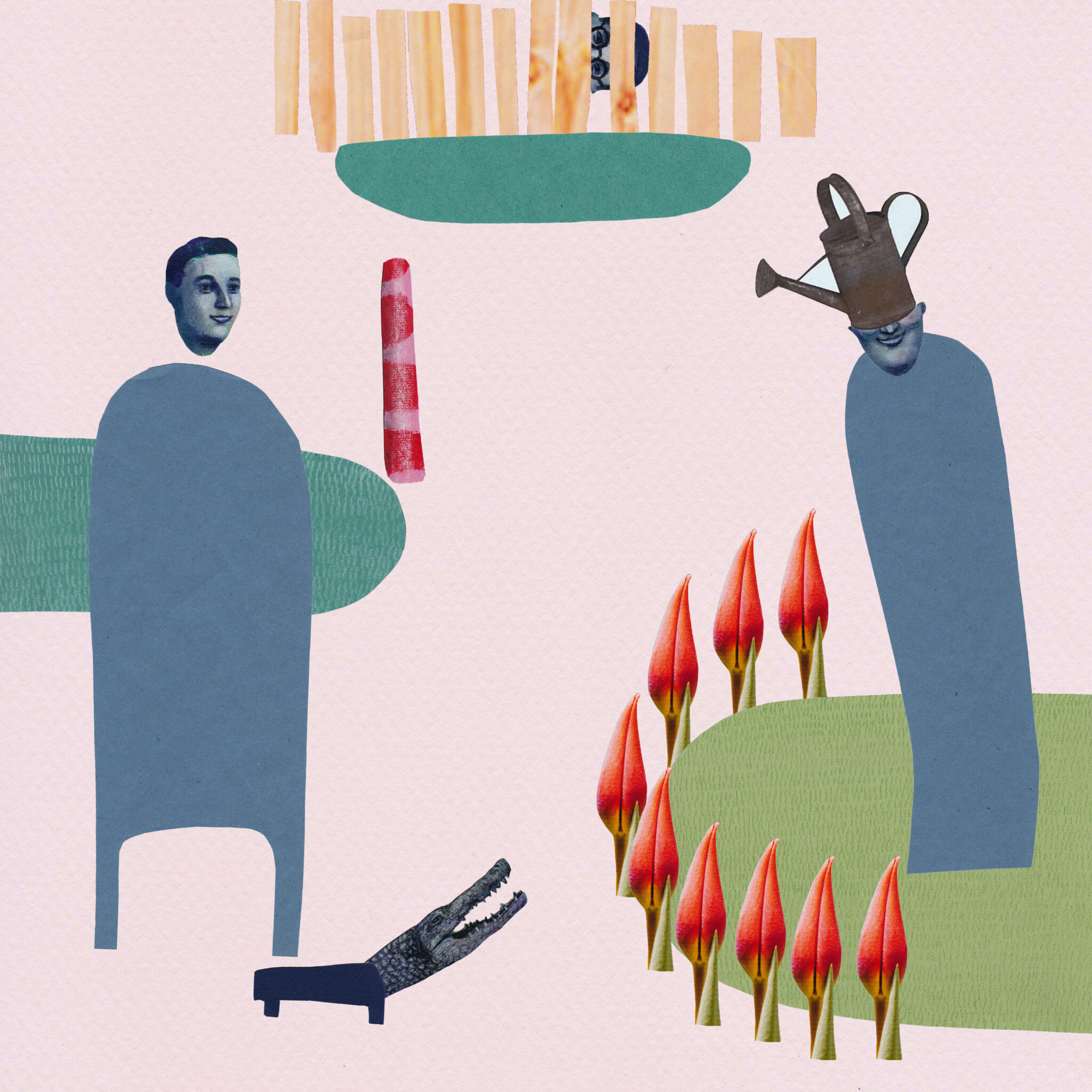In the Studio with Jan Valik
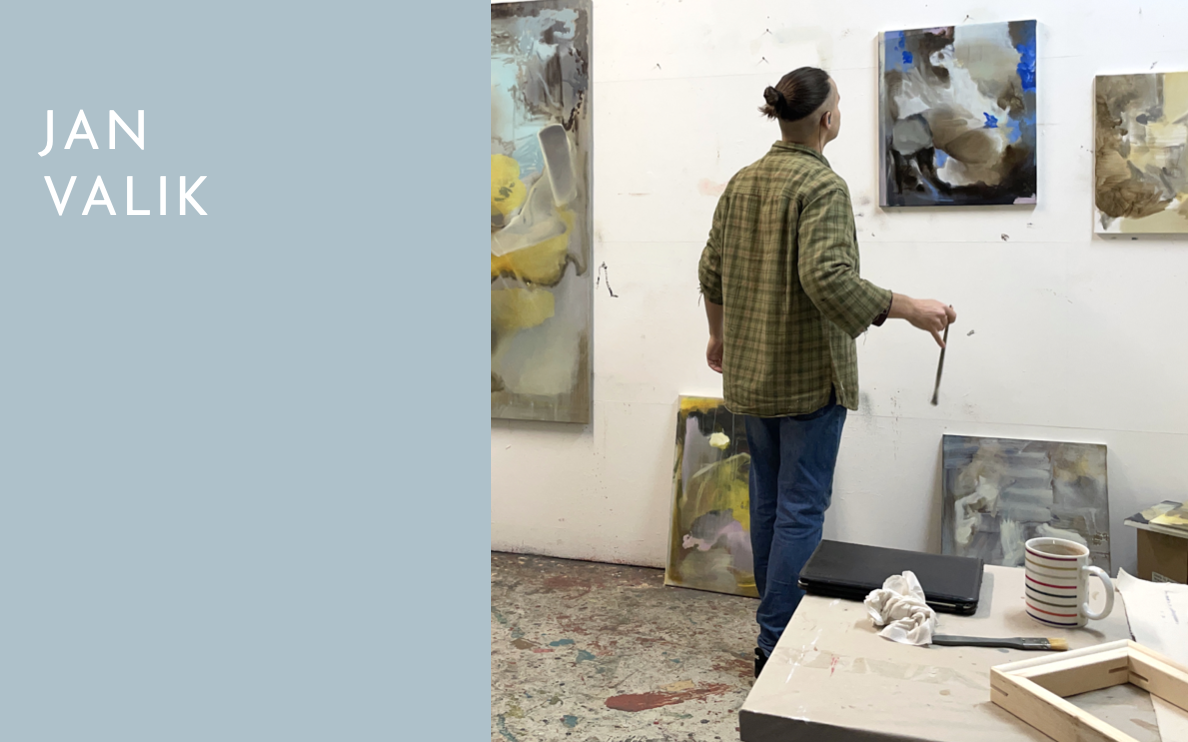
In the studio with Jan Valik, whose paintings balance between the verge of abstraction and figuration. We met with Jan to tell us more about growing up in the former Czechoslovakia, their greatest influences, and unexpected sources of inspiration.
When did you first begin to see yourself as an artist?
I guess that took me some time and it was a gradual change rather than a sudden realization. Thinking about it, I’d say I started to see some relevant potential in my creative thinking around the age of 16 while browsing a studio book shelf of mostly postwar and contemporary art at one older painter’s studio. I thought, ‘This is fun. I can do this. Why not, actually?’. And I slowly developed my attitude through trial and error.
Where are you from and what was your upbringing like? How has this impacted your work?
I was born in former Czechoslovakia just before the fall of Communism (of which I have no conscious memory) and so grew up in the period of Slovakia’s fast paced transition to a capitalist open-market society. Coming from a historically fragmented culture the notion that landscape/territory are matters of foreign landlords who serve their best interests is deeply embedded in me. In my teenage years painting became a process of a meaningful escape from the barrage of uncertainty. It grounded me and I’ve discovered a way to immerse myself in the creative process more and more. Besides, growing up in a landlocked European country without direct ocean access, crossing borders meant passing through foreign territories, languages and cultures without the clear sight of new or distinct horizons. My paintings have their origin in this shaken background. Painting, as a constructed space, allows me to synthesize these ideas in a visual manner and explore these notions of non-verbal immersion to impossible territories and fictive spaces.
Paint us a picture of your artistic journey. What inspired you to first pursue, and then continue to practice, artistic work?
What influenced me the most at an early age was after school painting class activities in a local community center. The painter leading these workshops was probably the single most important encounter early on. I am not coming from a very artistic background, so at times I felt like Alice in Wonderland. Painting was always connected to another realm for me, immaterial in essence and beyond the daily life in spirit. But my high school was specialized for sciences, and it wasn’t without difficulties for me. I thought the way out would be to pursue Architecture studies at the University and I did so. But very soon I realized it’s not actually for me. So I quit that University after 3 weeks to return back to the studio and to focus on painting. A year later I got accepted to the Academy of Fine Arts in Prague. After my studies there I participated in a few Artist-in-Residence opportunities, notably in Cite Internationale des Arts in Paris, BankArt Studios in Yokohama, Japan and at Mark Rothko Art Center in Latvia. I moved to London just before or actually during the pandemic year of 2020 to join Turps Studio Programme in London. I was also fortunate to be shortlisted for the Contemporary British Painting Prize in 2021.
What’s the message of your work? Where do they come from? How would you describe your aesthetic?
I partially covered these above. So I’ll just add that recently my painting practice is also underscored by contemporary issues of global displacement, environmental anxiety and posthumanist understanding of histories. They tend to oscillate on the threshold between abstracted spaces and partly reimagined surroundings in connection to the idea of image that is both crumbling, but also being put back together as a recollected piece of a possible memory. I like the idea of painting as a psychological landscape where the relationship between perception and the landscape consists of complex ties but also fine nuances. Also I am deeply interested in brushwork as both inner and outer motion in an effort for the metamorphosis of a trace into a vision.
Who/what are your greatest influences?
There are many along the way but none of them stand as a demi-god existence any more. Nowadays I am more influenced by various fields including ideas from Quantum theories, antigravity, consciousness, science and psychology of perception. These are really exciting as I see and feel their essential link to painting as an archetypal form of expression and visual exploration.
An unexpected source of inspiration?
It varies. What surprises me might be quite ordinary for others. Likewise what’s inspiring might be just another thing tomorrow. Not to escape the question, I’d say it’s a relationship psychology podcast these days.
What do you want people to take from your work when they view it? Do you have the audience consciously in mind when you are creating?
I like to make space for more ways of relating to what’s seen in my paintings. I explore and encourage more ways of seeing “the same thing”, some kind of precise ambiguity. Evoking, yet escaping literal depiction. As in life itself – you live with yourself to examine your own consciousness and your way of expression but that is not just for you but in relation to others, the communication needs always the other one there. Painting, I think, can be all that.
What events in your life have mobilised change in your practise/aesthetic?
Looking at as much art as I can. It’s a constant learning process, observing, absorbing and challenging my skills and ways of thinking. Experimental part of my studio practice is really essential and often the compositions reveal themselves during the painting process.
I have an impulsive and incoherent drawing practice, yet I don’t show my works on paper too often. It is a kind of a laboratory for myself first. But that might change soon too.
What are your ideal conditions or catalyst for creating a “good” piece of work?
Immersion, immersion, lots of time and curiosity. Thus getting rid of overthinking…
Tell us about the inspiration behind one of your works?
Titles of my works can reveal some of the ideas I’ve been through while creating these works. For example ‘Emerging Sort of Clarity’ is linked to the concept of transient mental states that involve decreased attention to the self and deep feelings of connectedness. In other words a craving for momentary harmony of nature and man made structures, knowing said harmony is all too illusory and painting is one of the ways to reflect on. It oscillates on the threshold between fragility and balance as so many things in life, I believe.
Something in the future you hope to explore?
Just having the possibility to develop my practice further in whatever sense and whatever shape it might take. But as I know myself, I am sure painter’s way of thinking will be at the core of it. I hope to achieve and sustain a resourceful studio practice and contribute to the discourse in contemporary painting.
